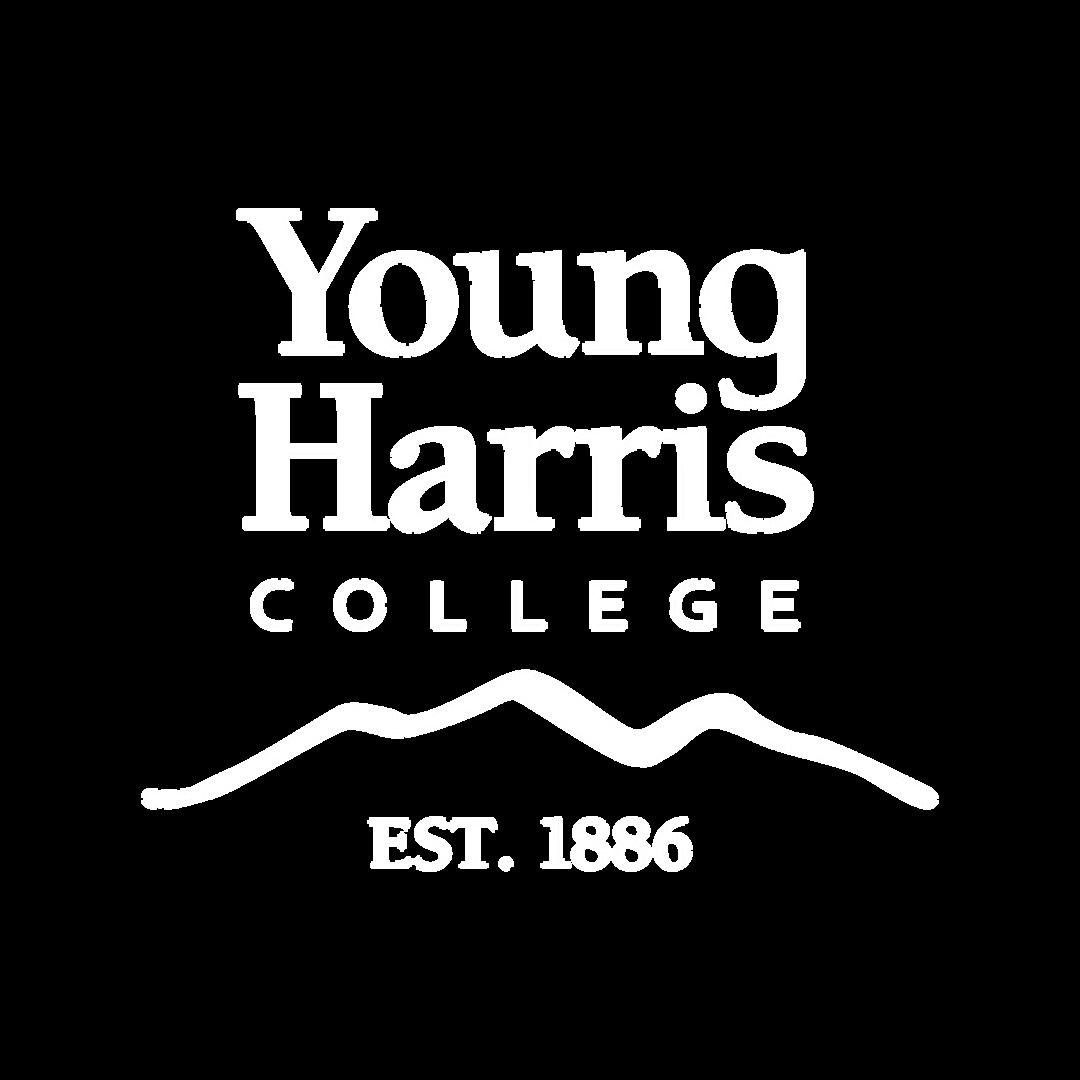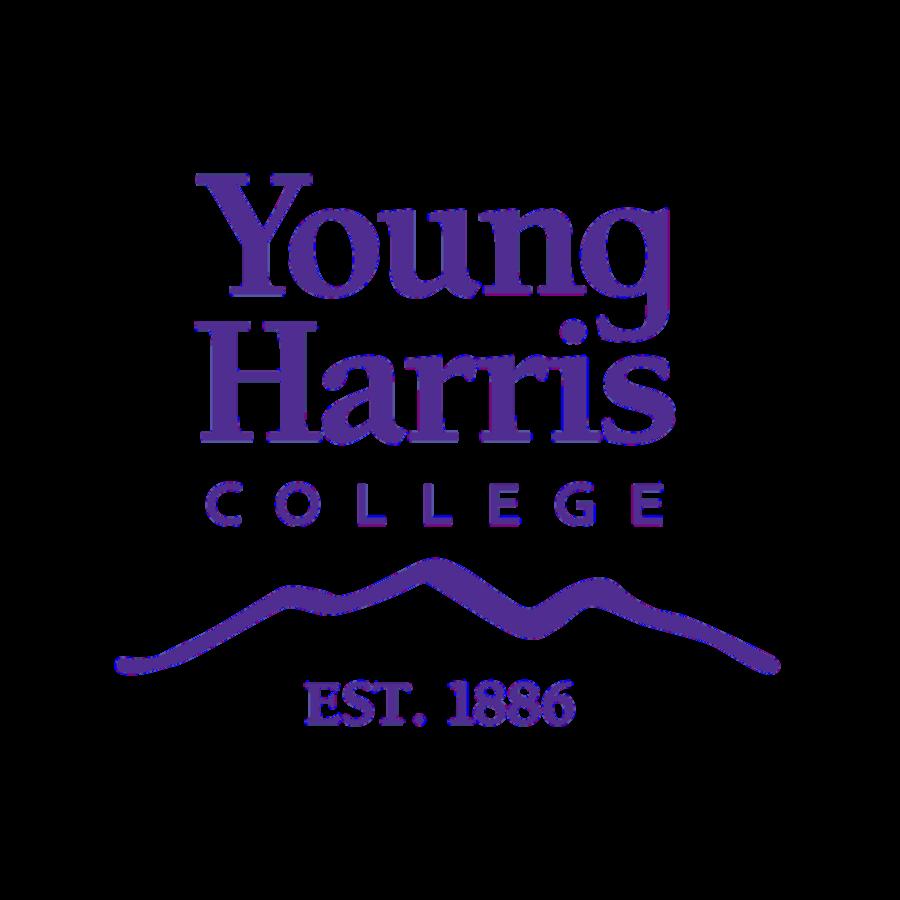







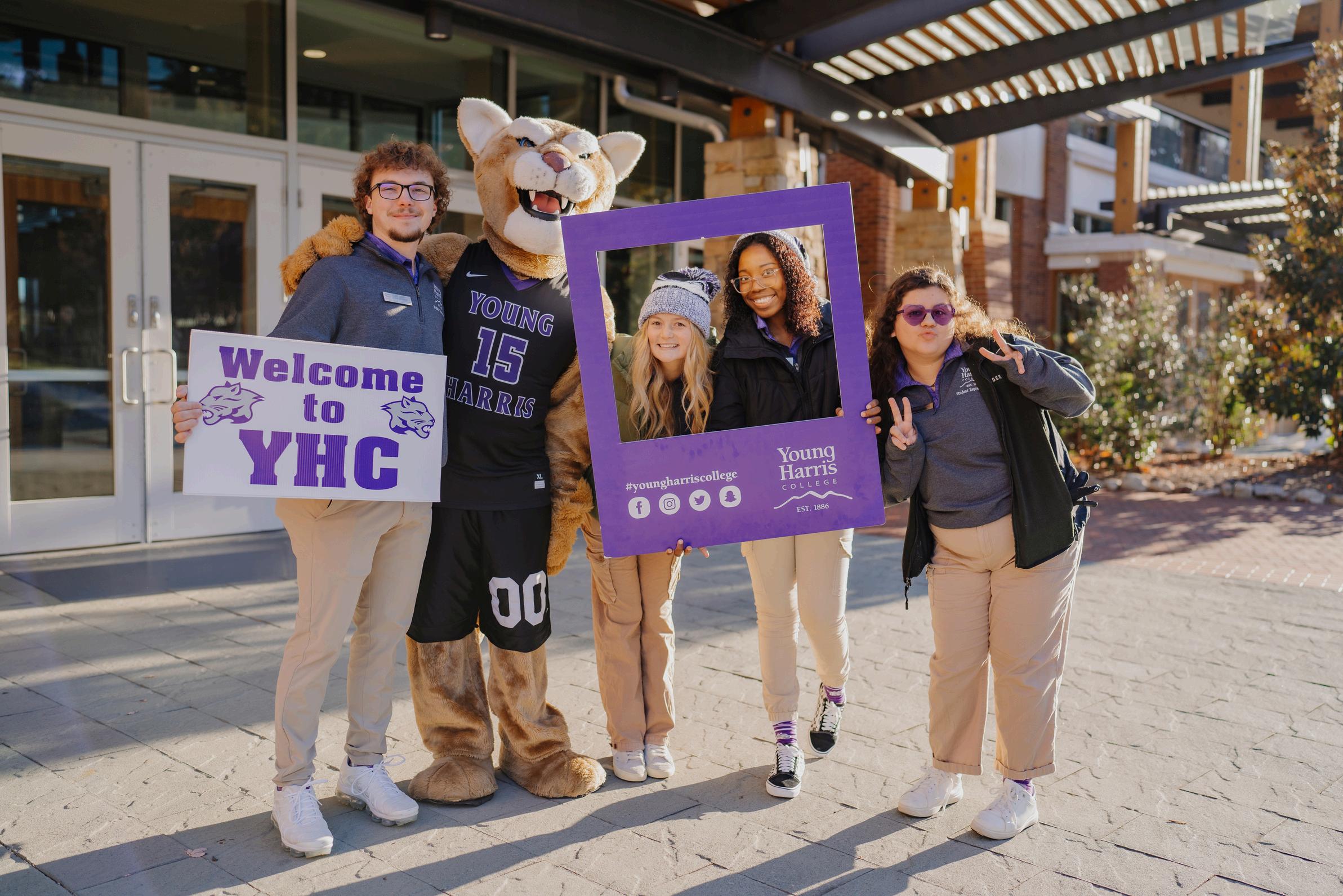
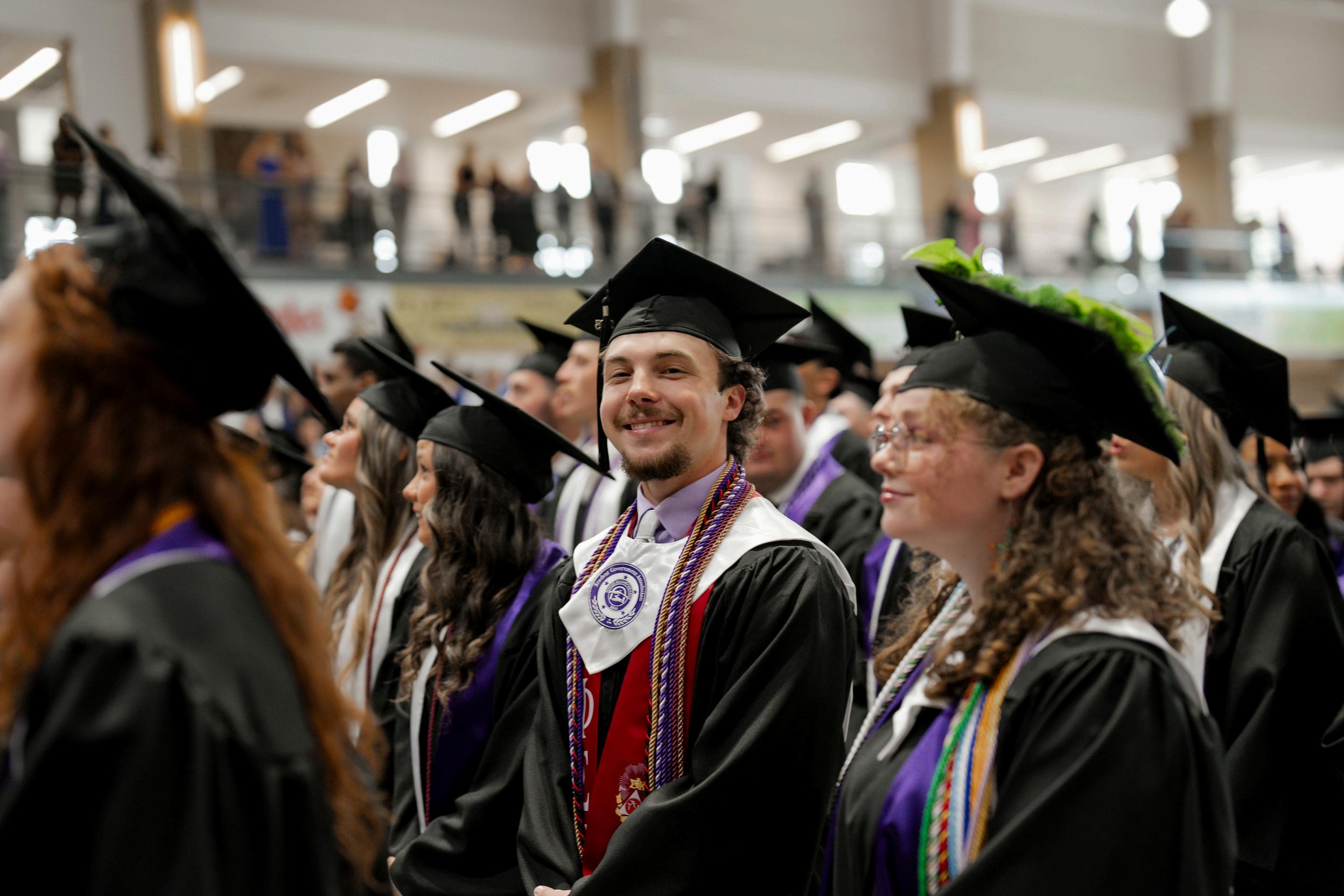
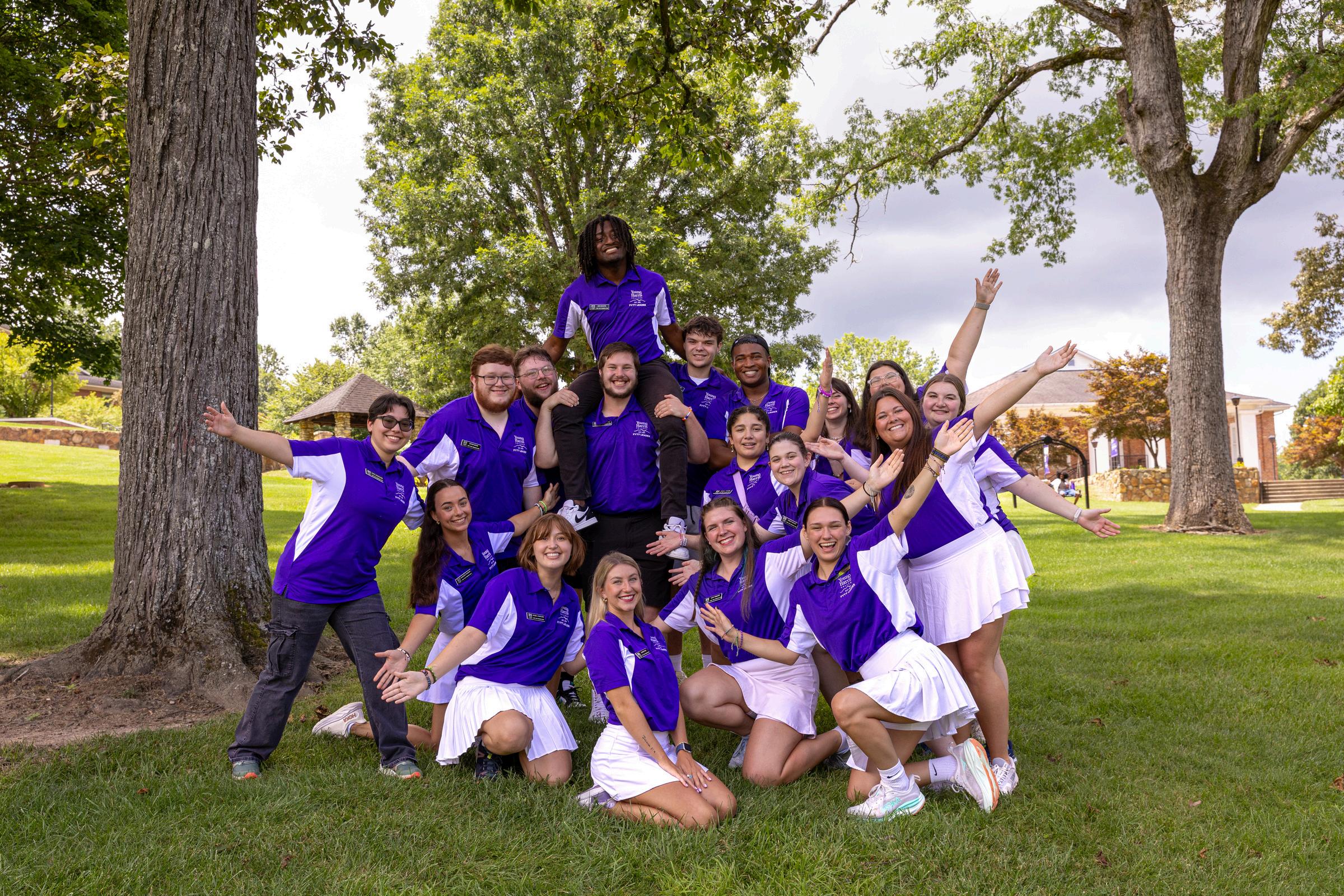

Young Harris College’s 2026–2028 Strategic Plan, Enchanted Horizons, is a focused and intentional roadmap designed to achieve practical, high-impact goals. Rather than attempting to address every institutional need, this plan concentrates on initiatives that:
Strengthen academic excellence
Leverage our unique location and heritage.
Enhance student experiences.
Improve financial sustainability.
This plan signals a bold pivot by the College, realigning our efforts to deliver exceptional scholastic and professional experiences while repositioning Young Harris College as an innovative liberal arts institution committed to educating minds, inspiring hearts, and empowering lives of service, work, and success.
The plan was developed using a six-step model:
1. Environmental Scans
2. Strategic Proposals and Initiatives
3. Anticipated Resource Allocation Needs
4. Implementation
5 Program Assessment and Data Analysis
6. Improvements and Modifications
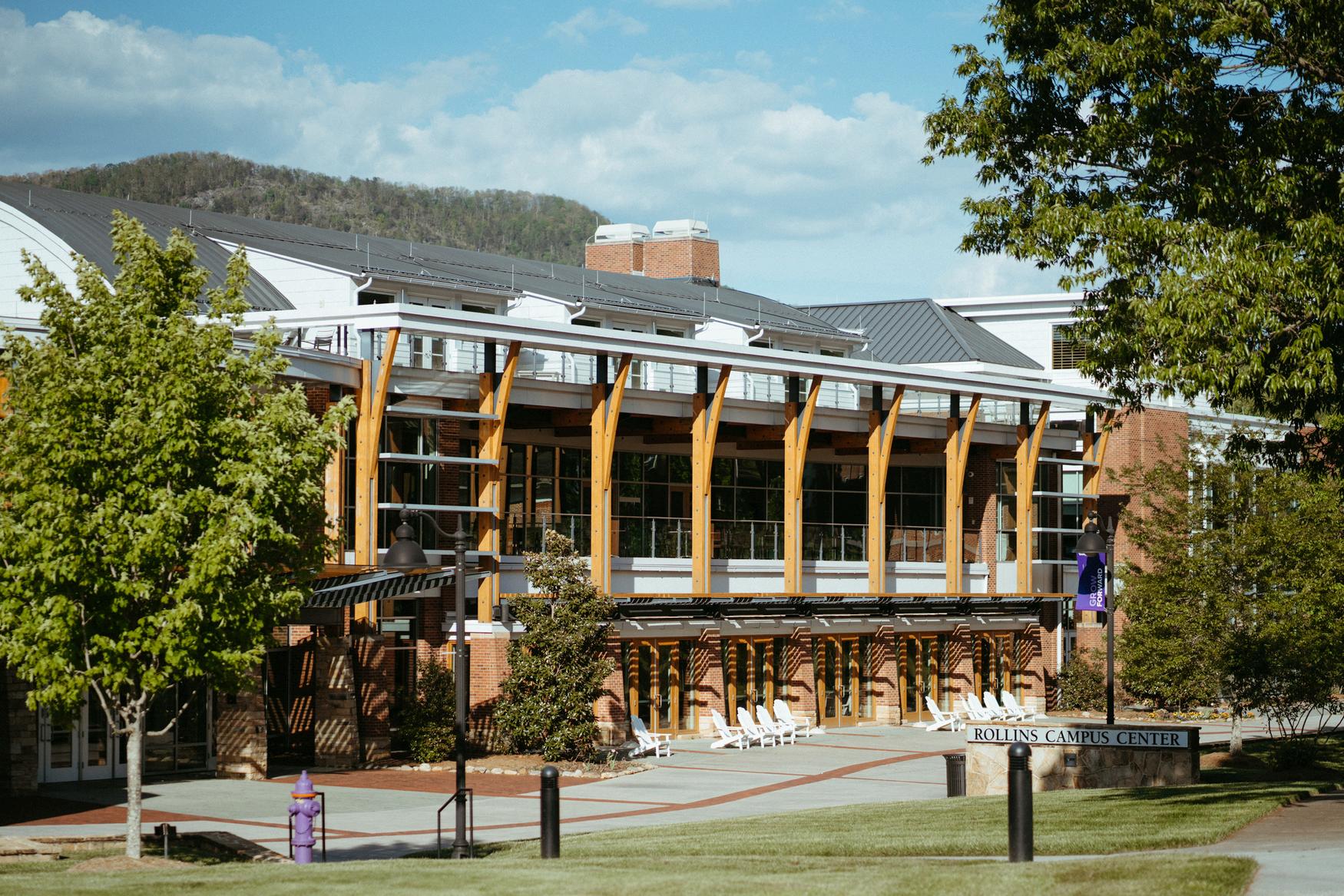

All objectives are aligned with three core commitments:
1. Professional Development
Students will engage in self-discovery, ethical reasoning, financial literacy, and experiential learning to prepare for life after graduation.
2. Personal Resilience
Through intellectual and emotional challenges, students will develop adaptability, composure, and critical thinking.
3. Positive Community Engagement
Students will be empowered to participate as informed, collaborative citizens within dynamic communities.

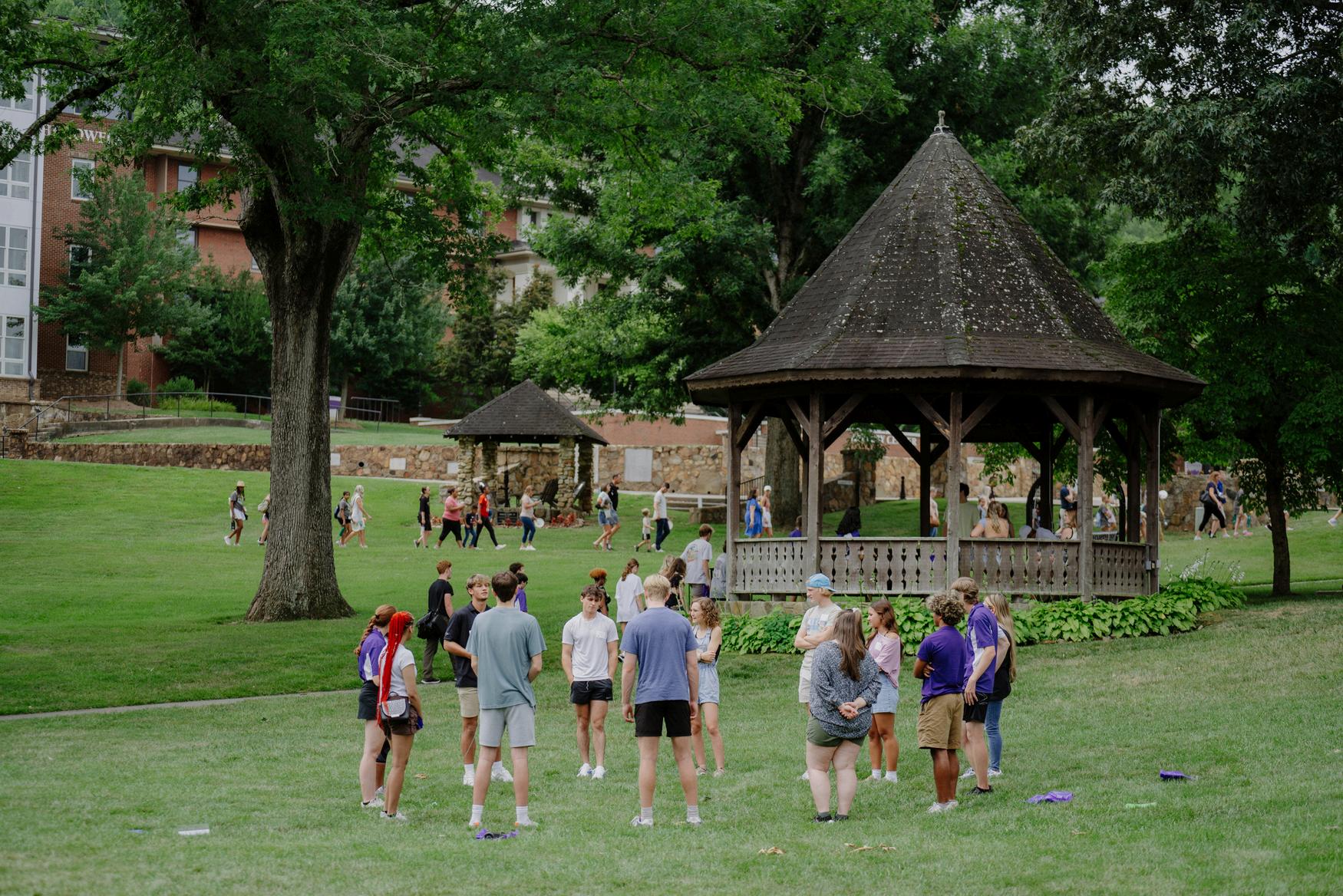
In the heart of the Southern Appalachians, Young Harris College stands as a beacon of liberal arts education, community engagement, and regional imagination. Yet, like many small colleges across the nation, it faces a rapidly shifting landscape one shaped by demographic changes, financial pressures, technological disruption, and evolving public perceptions.
What does this reality mean for institutions like Young Harris College? This reality requires a call to awareness and a roadmap for resilience.
According to Inside Higher Education, the number of high school graduates in the U.S. is peaking in 2025 and projected to decline by 10% by 2035. While Georgia may experience a softer landing due to regional population growth, rural colleges like Young Harris are not immune to the enrollment squeeze Between 2016 and 2022, undergraduate enrollment nationwide dropped by 2.6 million students—a stark reminder that the competition for students is intensifying. With a drop in the number of students, colleges like Young Harris must broaden their gaze to reimagine the types of students that we serve and the modes by which we reach them.


In its research on trends in higher education, Deloitte Insights notes that higher education is becoming more expensive to operate and harder to sustain Rising costs in healthcare, technology, and student services are outpacing tuition revenue. In 2024 alone, nearly one college per week announced closure or merger. For small institutions, survival increasingly depends on strategic program alignment, budget discipline, and innovative revenue streams.
Today’s students are pragmatic A recent Pew Research study found that today’s student seeks flexible learning pathways, career-aligned programs, and a clear return on investment. Dual enrollment, certificates, and apprenticeships are booming. In some states, graduate certificate completions have surged by over 200% Meanwhile, only 47% of Americans believe college is worth it without loans and just 22% if loans are required.
Artificial intelligence is reshaping higher education from predictive analytics that boost retention to AI tutors and grading systems. For instance, a recent study on the campus of Georgia State University demonstrated that the use of AI has improved student outcomes, particularly through better grades and retention, but the technology also raises concerns about academic integrity and data privacy. Institutions must invest wisely and ethically in AI infrastructure.
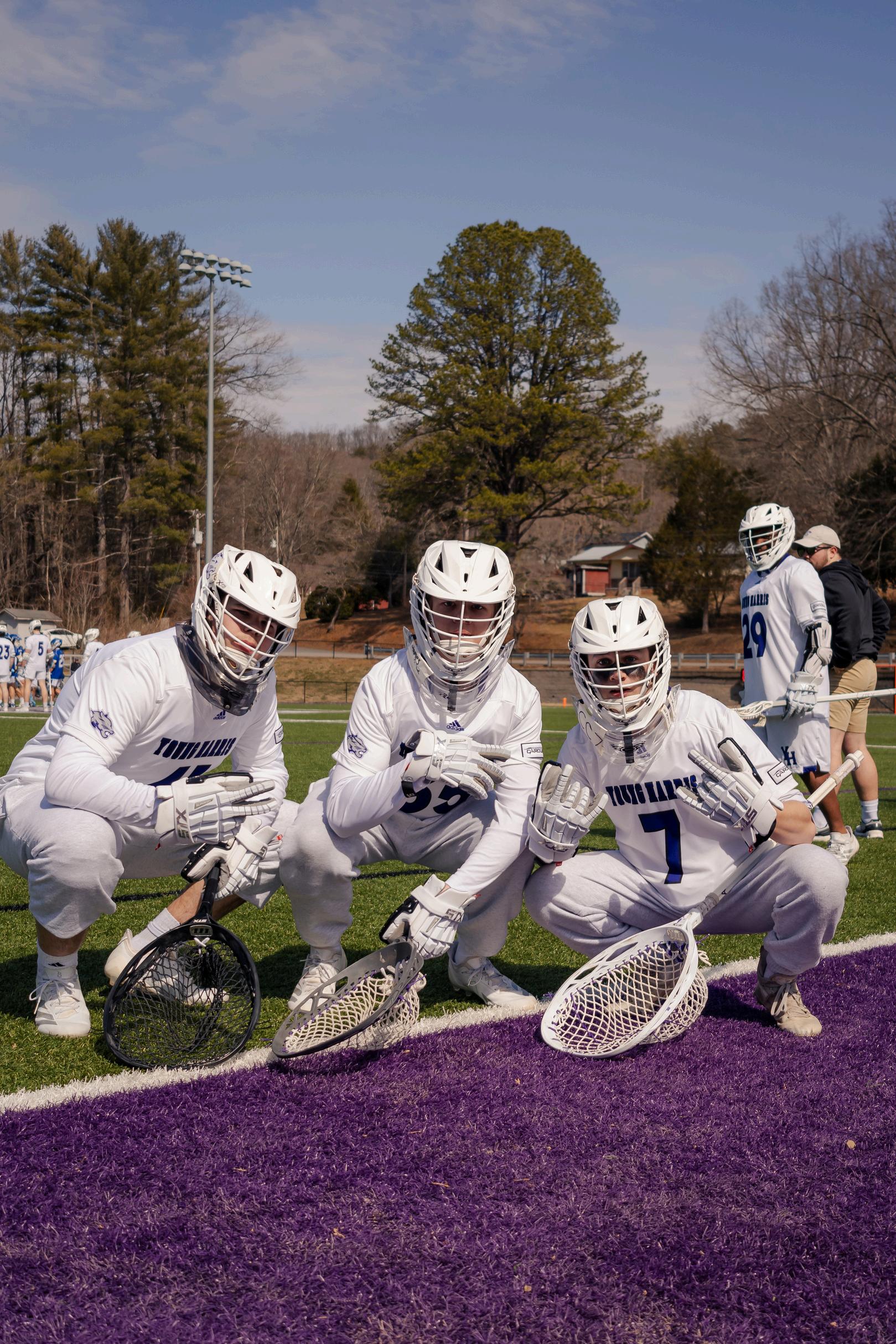

Liberal arts colleges face skepticism about economic value. Critics point to lower earnings among humanities graduates Yet in a recent article, Measuring the Economic Value of a Liberal Arts Education, researchers found that liberal arts exposure enhances graduation rates, civic engagement, and long-term career adaptability. The challenge to liberal arts institutions like Young Harris College is not relevance but perception.
To thrive in this evolving landscape, Young Harris College must embrace its identity while adapting boldly:
Strategic Positioning: Leverage the College’s mountain setting, regional culture, and community ties to become a “village commons” for education and engagement
Curricular Innovation: Integrate more fully liberal arts with professional programs, AI ethics, environmental studies, and regional ecology such as the proposed “Regional Imagination and Community Ecology” program
Financial Adaptation: Diversify revenue through micro-credentials, adult education, corporate partnerships, and philanthropic support.
Innovative Experiences: Adopt practices that enhance the student experience and challenge them to develop antifragility
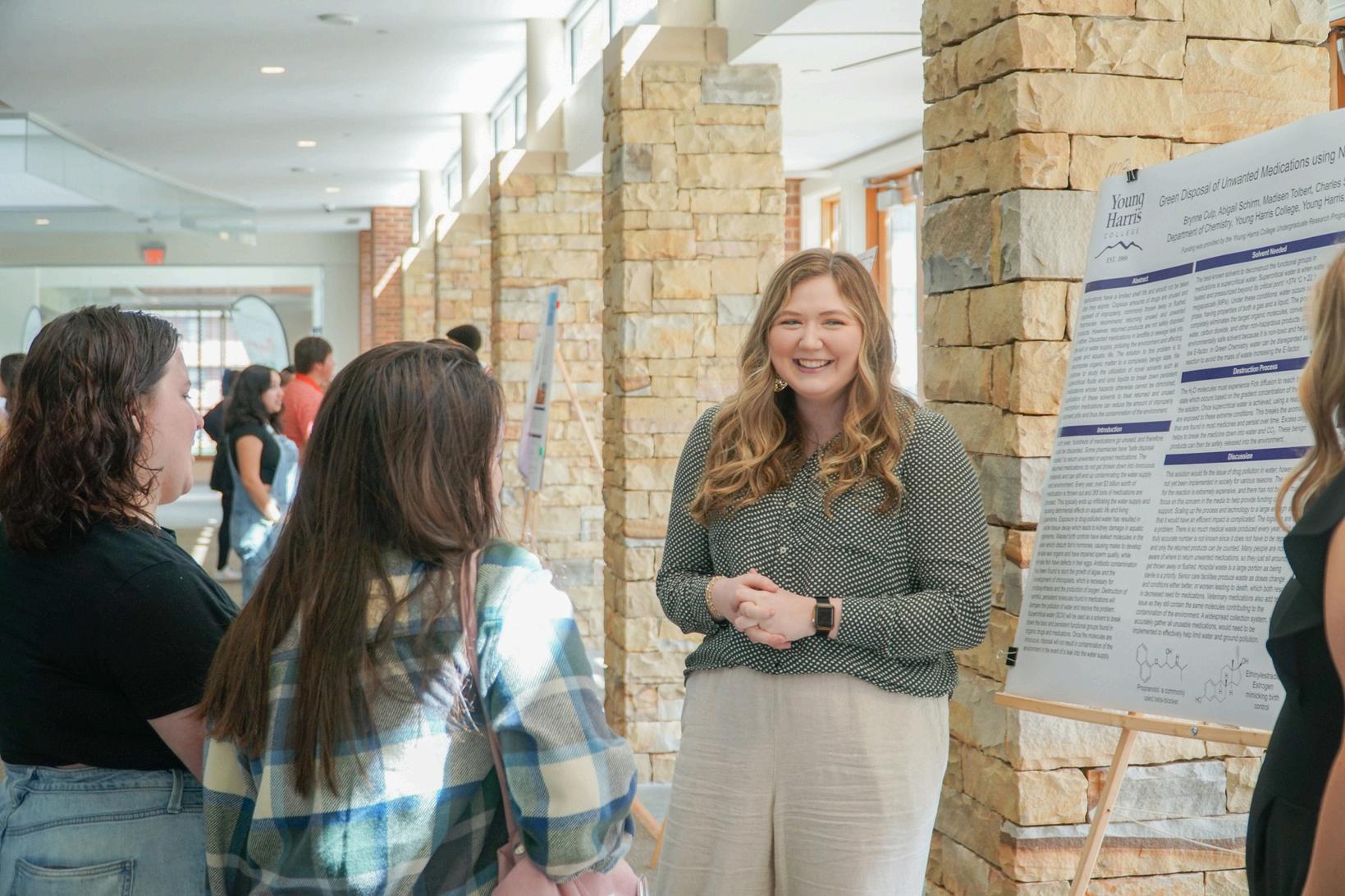
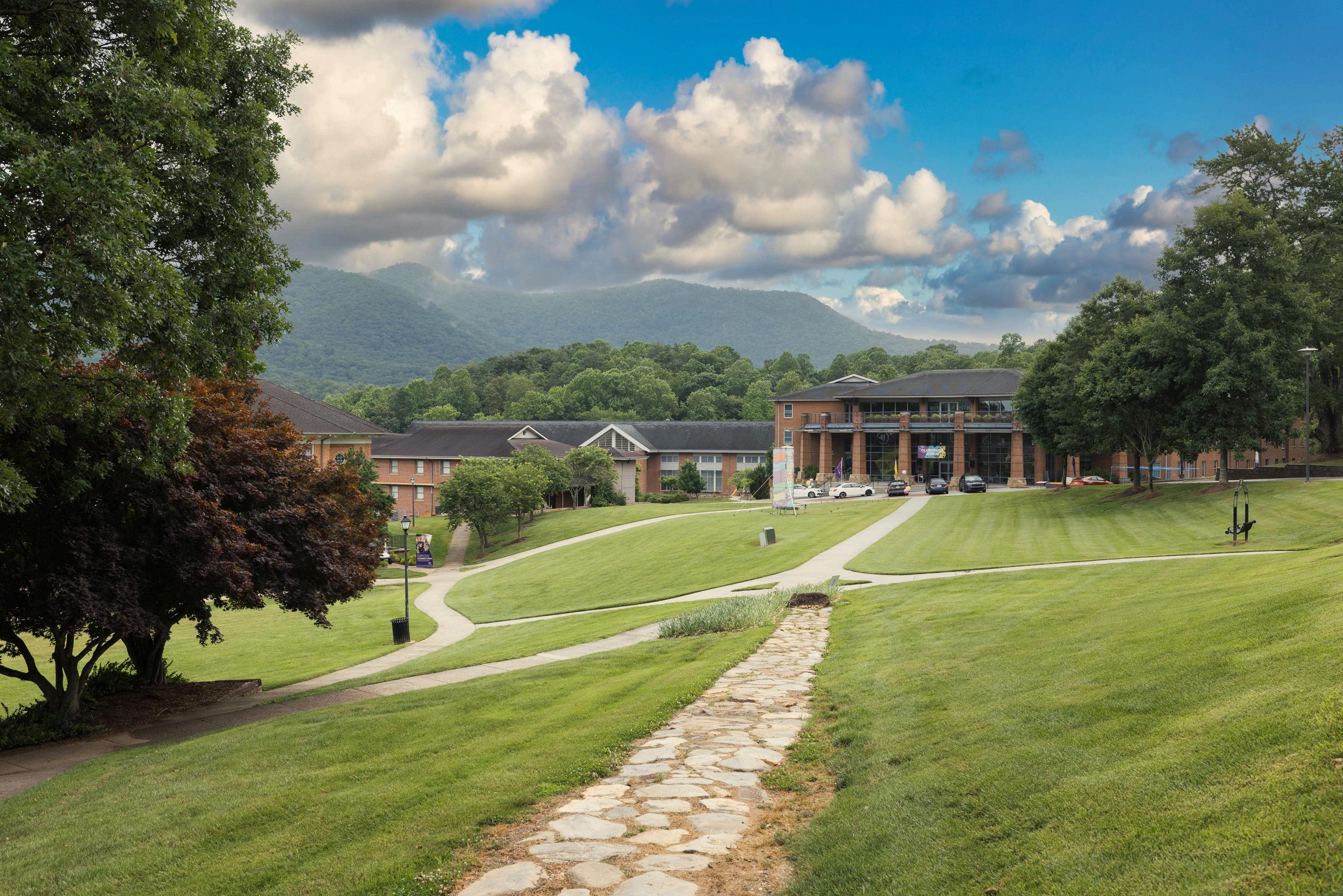
The future of higher education is uncertain but not without promise For Young Harris College, the path forward lies in embracing its unique strengths, responding to student needs, and leading with imagination. The horizon may be enchanted, but it will require bold steps to reach it. Vitally, the resulting strategic plan lays out those very steps.
This strategic plan is the result of broad collaboration shaped by the insights and aspirations of faculty, staff, students, alums, and community partners. It represents a shared vision for the future of Young Harris College, rooted in our mission and animated by a commitment to innovation and impact.
While this collective work provides a unifying framework, several areas of the College are simultaneously undertaking targeted initiatives that strengthen institutional capacity and position Young Harris for a bold pivot toward new horizons.
Admissions is actively analyzing enrollment trends and refining recruitment strategies to attract and retain a diverse, dynamic, and larger student body.
Advancement is preparing to launch a comprehensive campaign designed to fuel this strategic pivot, securing resources to support transformative programs and initiatives
Athletics is developing a complementary strategic plan that aligns with the College’s broader goals while enhancing the student-athlete experience and deepening community engagement.
Together, these efforts reflect a vibrant and adaptive institution, one that not only plans for the future but actively pursues it.

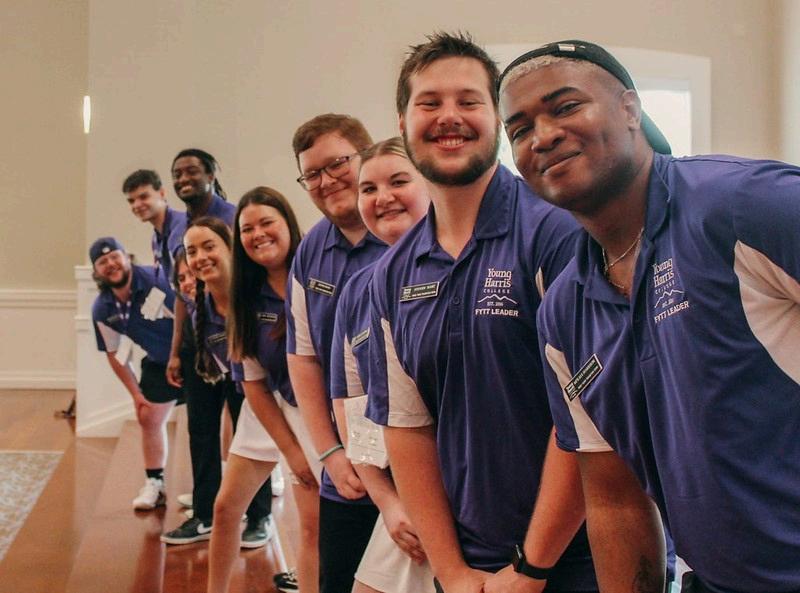
Young Harris College will elevate its academic mission by expanding liberal arts offerings and integrating career-readiness initiatives that meet evolving student and workforce needs. At the heart of this transformation is the Professional Readiness and Entrepreneurship Program (PREP), the flagship initiative of the strategic plan PREP ensures students retain the freedom to pursue traditional liberal arts majors while gaining competencies that signal employability to future employers regardless of discipline. This dual commitment reflects the ideals of preserving liberal learning while equipping students for the world of work
Complementary efforts include launching interdisciplinary programs, microcredentials, and certificates for both degree-seeking and non-degree-seeking learners. These initiatives will leverage existing faculty expertise and infrastructure to maximize impact while minimizing resource strain. Graduate program expansion, academic innovation, and continuous improvement will be guided by Hanover Research and other data-informed approaches
1. PREP Program (Flagship Initiative)
Career counseling and direction
Financial literacy
Ethics training

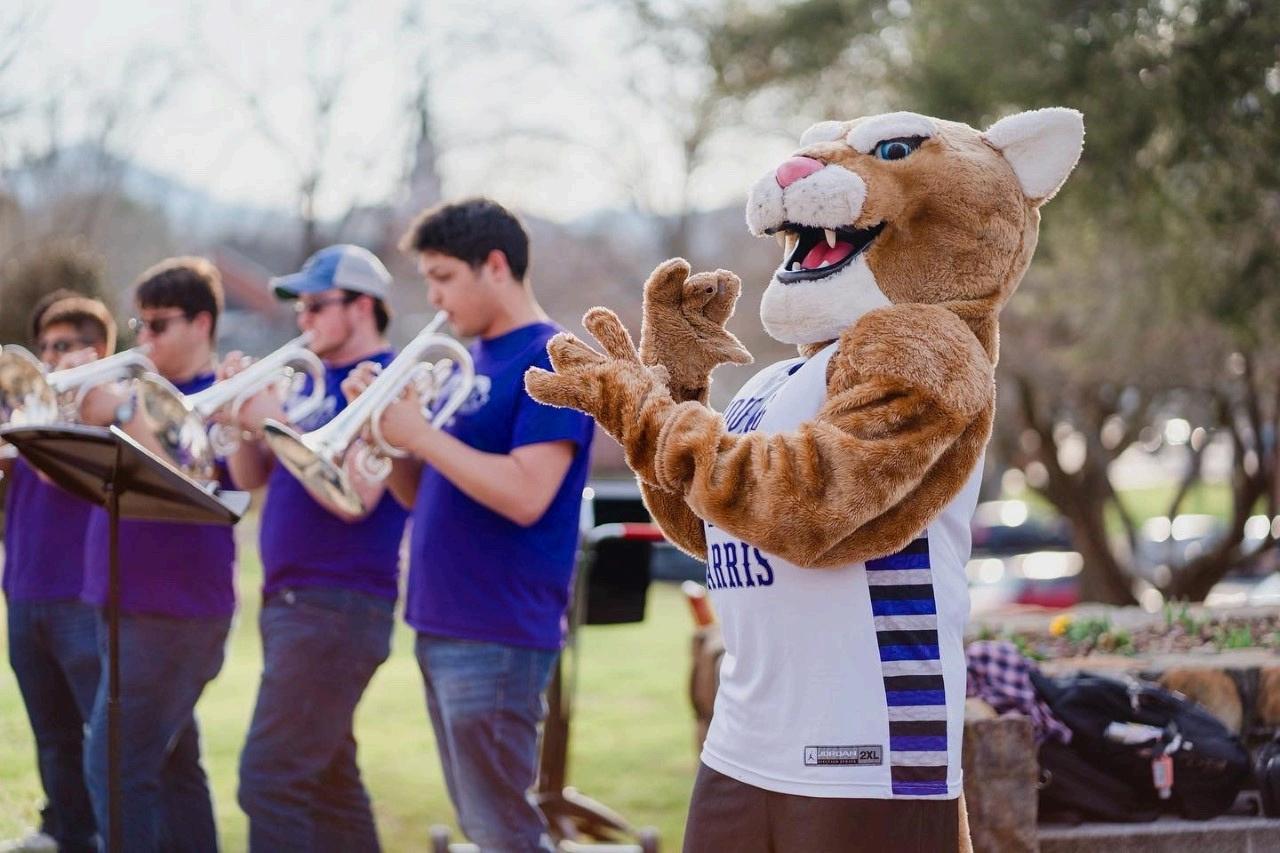
Deliver a targeted program focused on:
Leadership and internship opportunities
Connect academic success, professional advising, and career development into a unified student experience
Serve as a retention and graduation strategy, supported by broad philanthropic efforts.
2. Graduate Program Expansion
Launch regionally relevant graduate programs using 3+2, 4+1, and asynchronous formats.
Align offerings with faculty strengths and market demand.
3 Curriculum Efficiency Committee
Streamline academic operations to improve cost-effectiveness and student experience. Implement Ellucian Colleague SIS to support efficiency.
Investigate the potential for developing program differentiators that enable Young Harris College to offer distinctive curricula and unique delivery methods.
4. Microcredentials and Badges
Provide flexible, market-responsive credentials to enhance employability. Develop cocurricular portfolios to document student engagement and achievements.
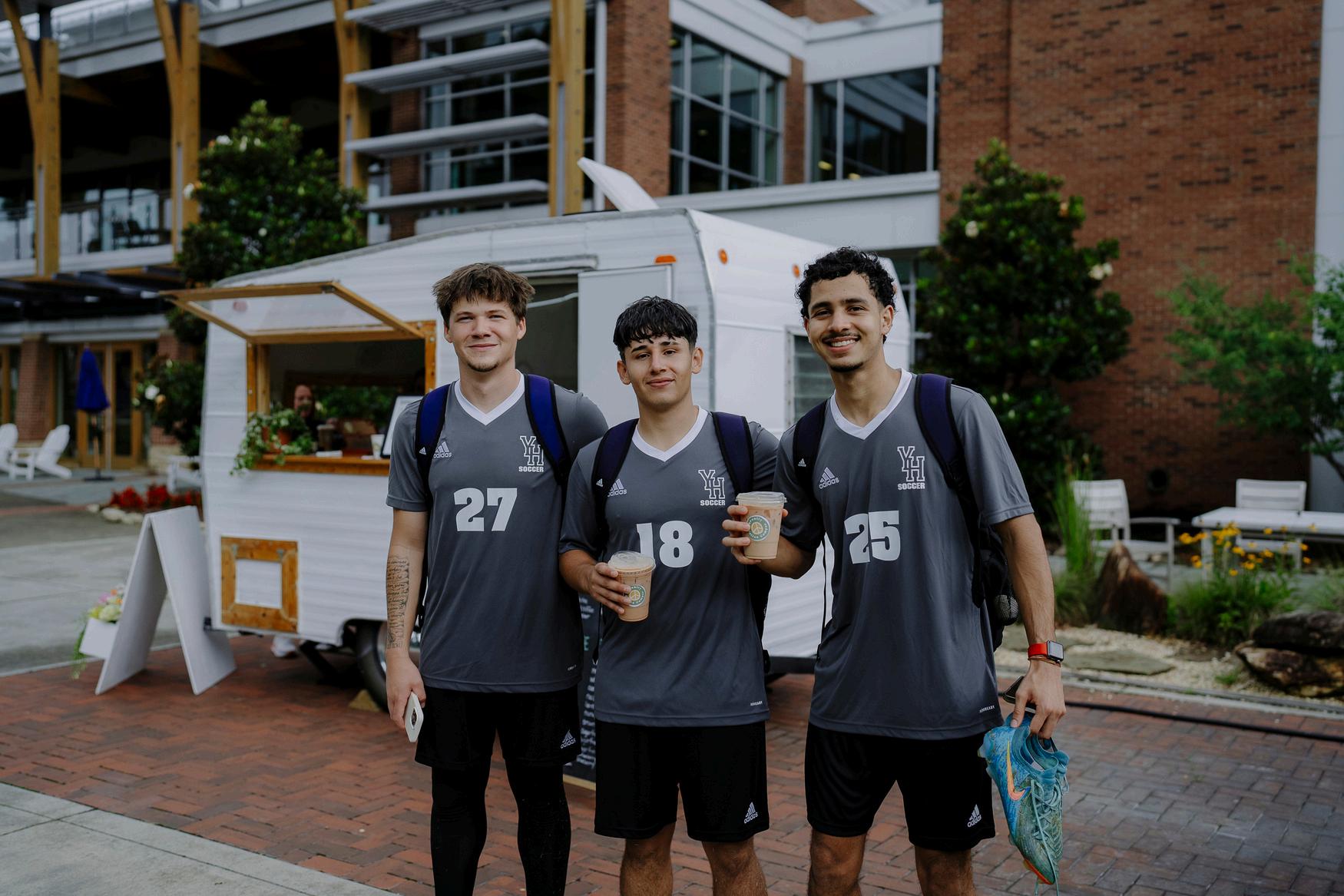
5. Curriculum Innovations
Modernize academic offerings in response to technological change, evolving pedagogies, and diverse learner needs.
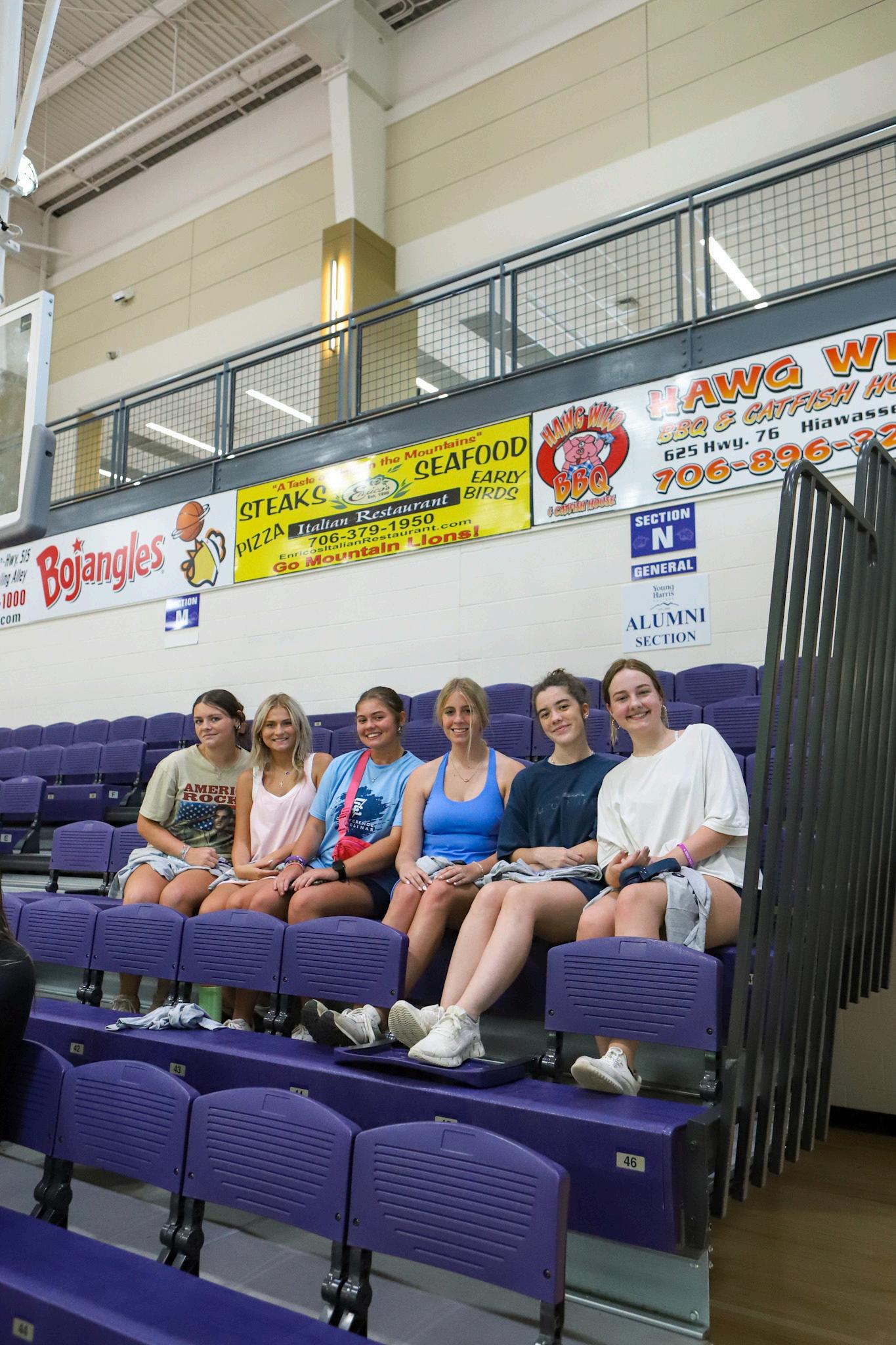
Engage in structured planning conversations to support continuous improvement and SACSCOC compliance.
Students Prepared for Life Beyond College
Increased retention, engagement, and career readiness. Stronger sense of belonging and community.
Broadened Student Constituencies
Growth in enrollment and revenue.
Enhanced academic reputation and regional impact.
Improved Range and Delivery of Programs
Reduced administrative burden
More flexible and attractive curriculum offerings.
Better space and schedule utilization.
Student Needs and Employer Expectations Met
Increased skill-building and professional readiness
Enhanced resumes and graduate applications.
Stronger alignment with workforce needs.
Innovative and Nimble Programs Designed and Delivered
Increased enrollment in new and revised programs
Better alignment with licensure and workforce needs.
Improved
.
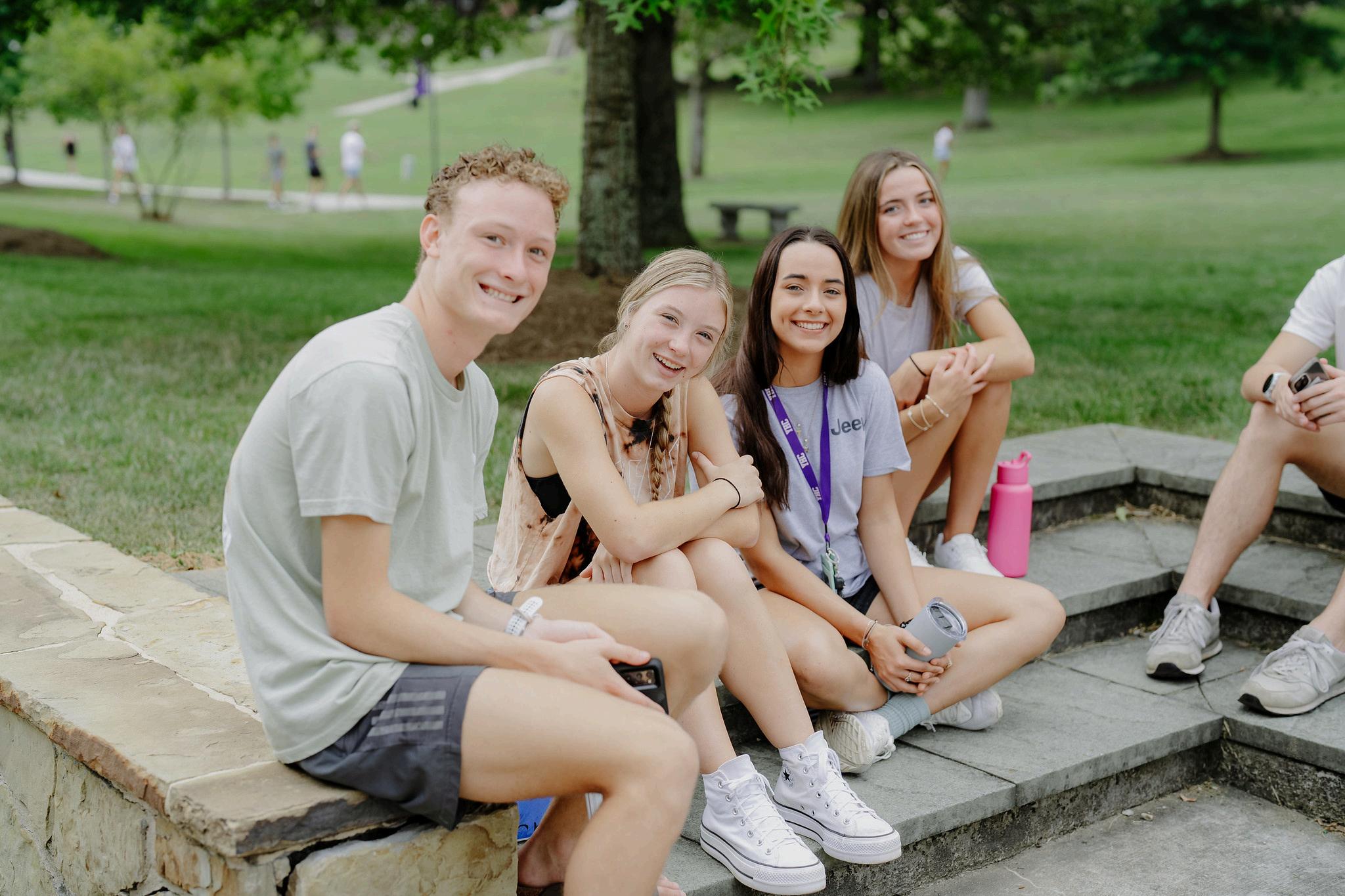
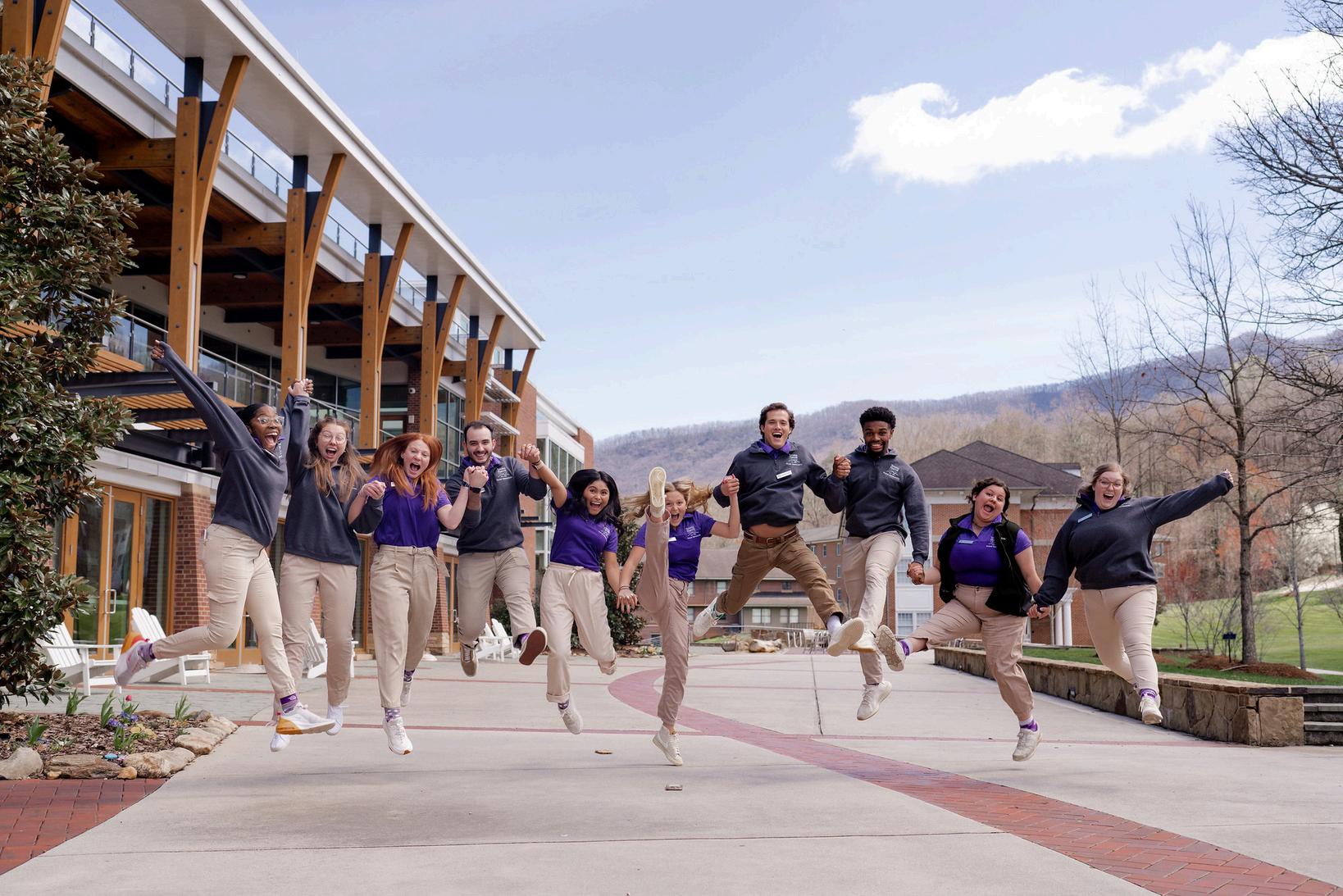
Young Harris College is nestled in the Southern Uplands of the Appalachian Mountains, within the Enchanted Valley a region rich in biodiversity, cultural traditions, and opportunities for outdoor exploration. This distinctive setting offers a transformative educational advantage, allowing students to engage deeply with their environment, heritage, and community. The College will launch a new place-based program—
TRAILS (Transformative, Reflective, Active, Integrated Learning for Students) inviting students to find their paths and to serve with purpose. This initiative will anchor a renewed commitment to place-based, interdisciplinary, and community-engaged education.
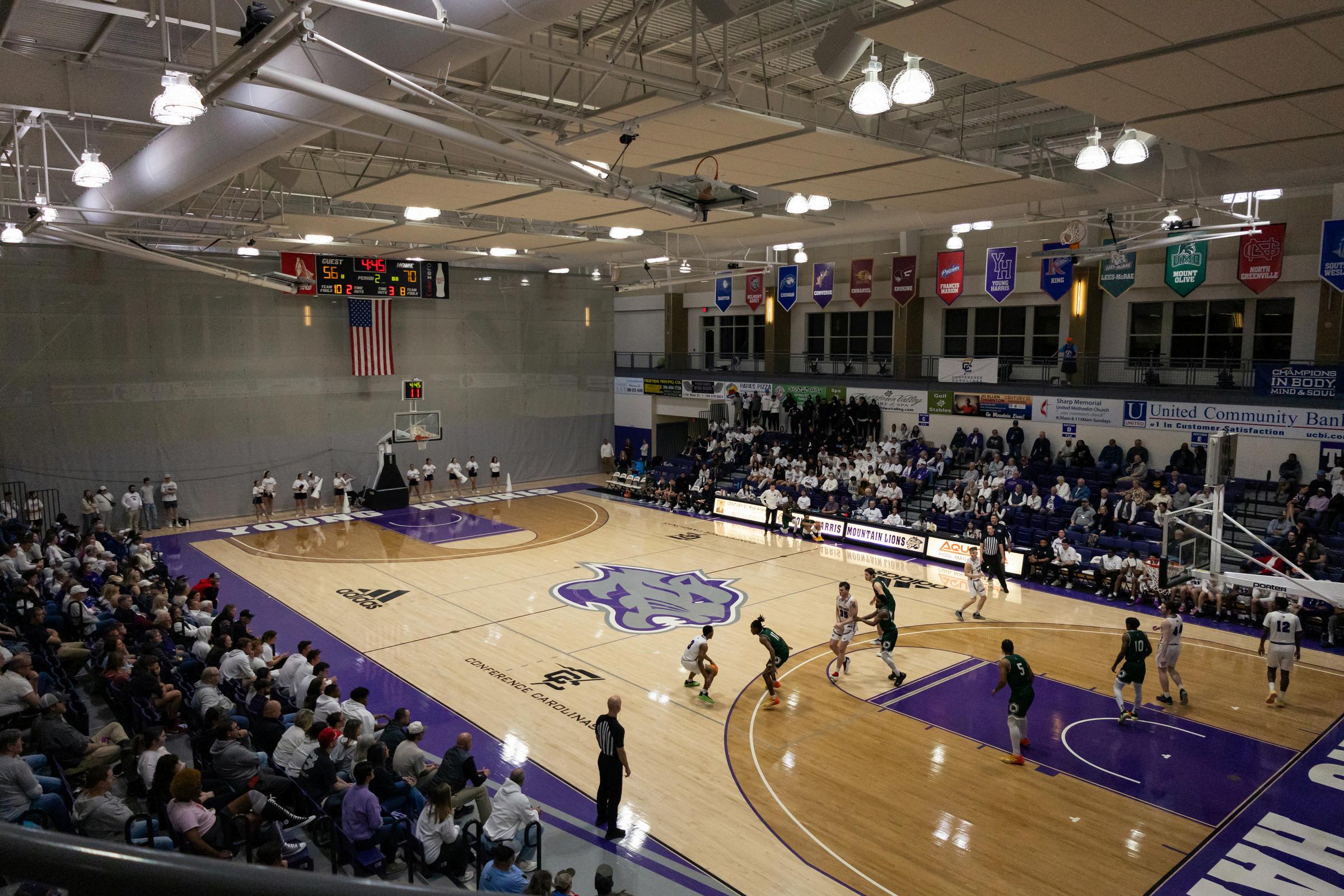
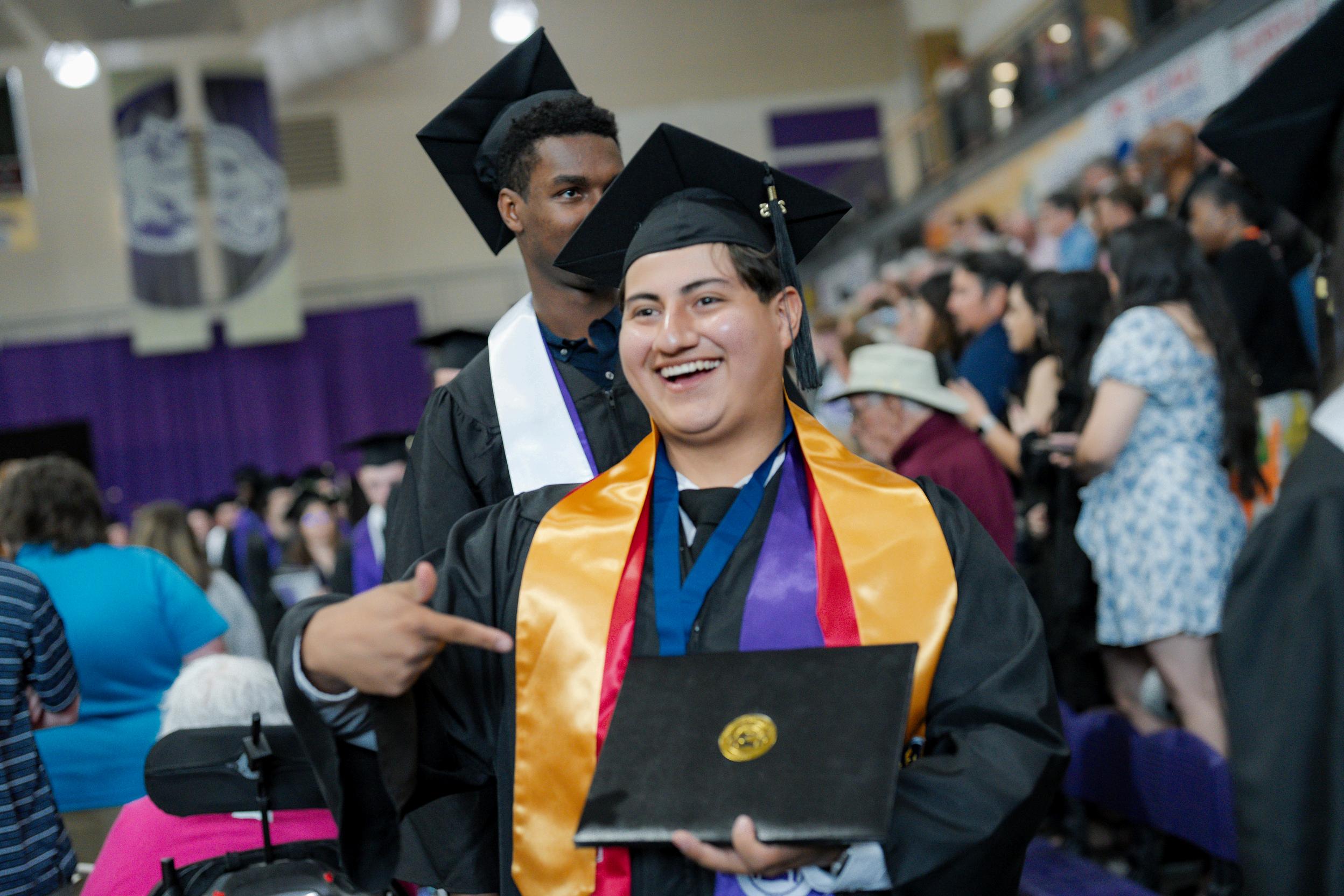
1. Establish the TRAILS Program
Create a signature program that integrates Appalachian studies, outdoor education, and service learning.
Serve as a hub for interdisciplinary exploration across biology, literature, history, cultural studies, social sciences, outdoor leadership, and other relevant disciplines.
2. Advance Appalachian and Regional Studies
Form a faculty-led committee to design a robust Appalachian/Regional/PlaceBased Studies curriculum.
Develop new courses and capstone experiences that explore regional ecology, culture, and history.
3. Expand Service Learning and Civic Engagement
Reinstate the Bonner Leaders Program and launch a new Service Scholars Cohort.
Embed service learning into academic courses and co-curricular programs
4. Strengthen Outdoor Leadership and Education
Expand outdoor-based courses and field experiences.
Utilize campus and regional landscapes as living laboratories for instruction and research
5. Deepen Community Outreach and Partnerships
Establish ten new community partnerships focused on arts, athletics, education, and regional development.
Enhance visibility and impact of Friends of the Arts and athletic programs through community events and collaborations.
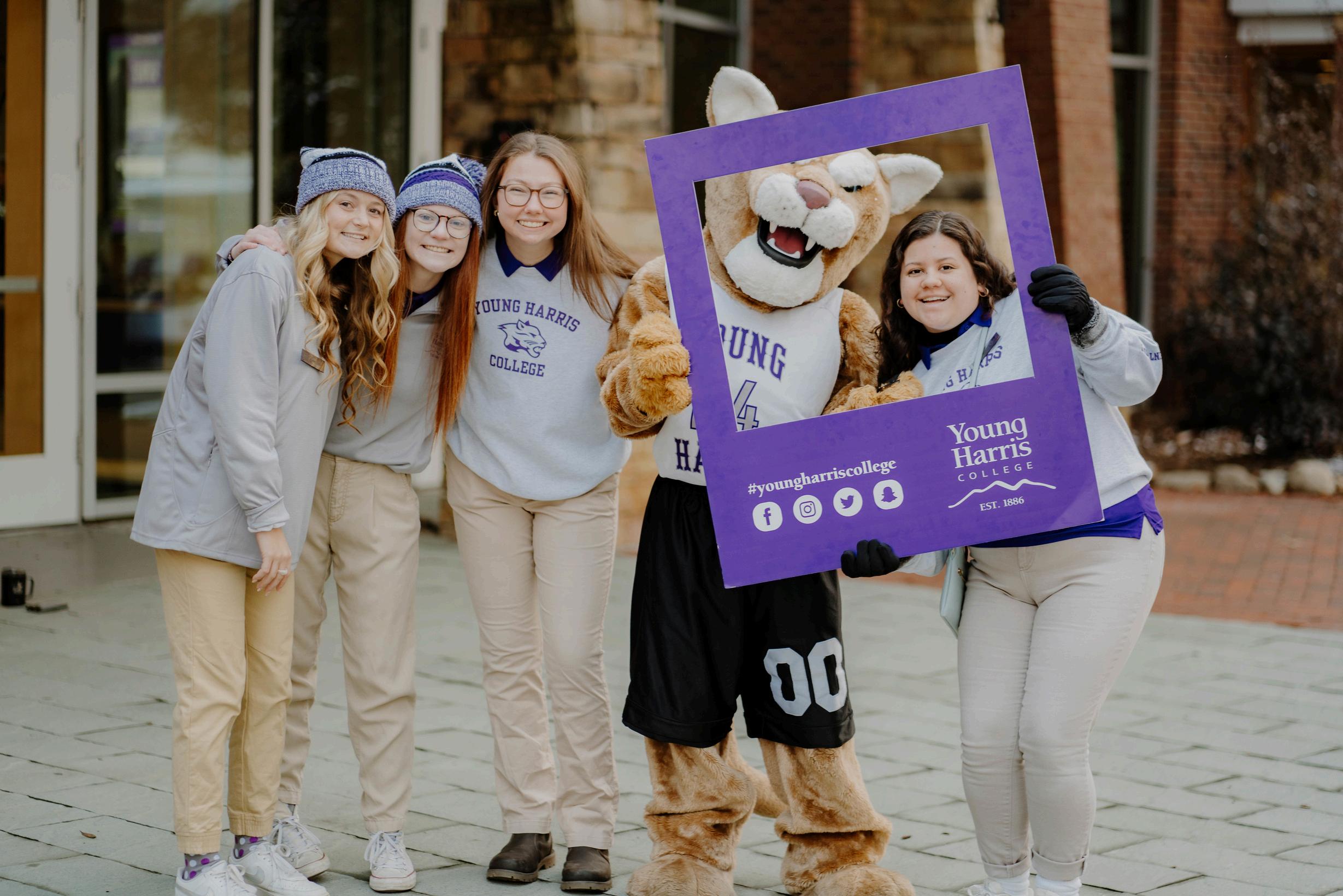

Create targeted scholarships for students from surrounding counties and Appalachian communities. Promote access and equity through financial aid and outreach initiatives.
Anticipated Outcomes
Expanded Experiential and Interdisciplinary Learning
Launch REELS/TRAILS[1] with participation from at least 25% of students by Year 3. Ensure each academic division offers at least one course with place-based or community-engaged components.
Strengthened Community Partnerships
Establish ten new or significantly strengthen active partnerships by Year 3. Achieve 85% satisfaction among community partners through annual surveys of student-led projects.
Elevated Regional Identity and Storytelling
Under faculty direction, launch a regional imagination and community ecology program. Support student-led initiatives that document and celebrate Appalachian culture and ecology
Enhanced Outdoor Learning
Increase enrollment in outdoor education programs by 25% over baseline by Year 3. Ensure 25% of faculty incorporate outdoor or place-based learning into their courses.

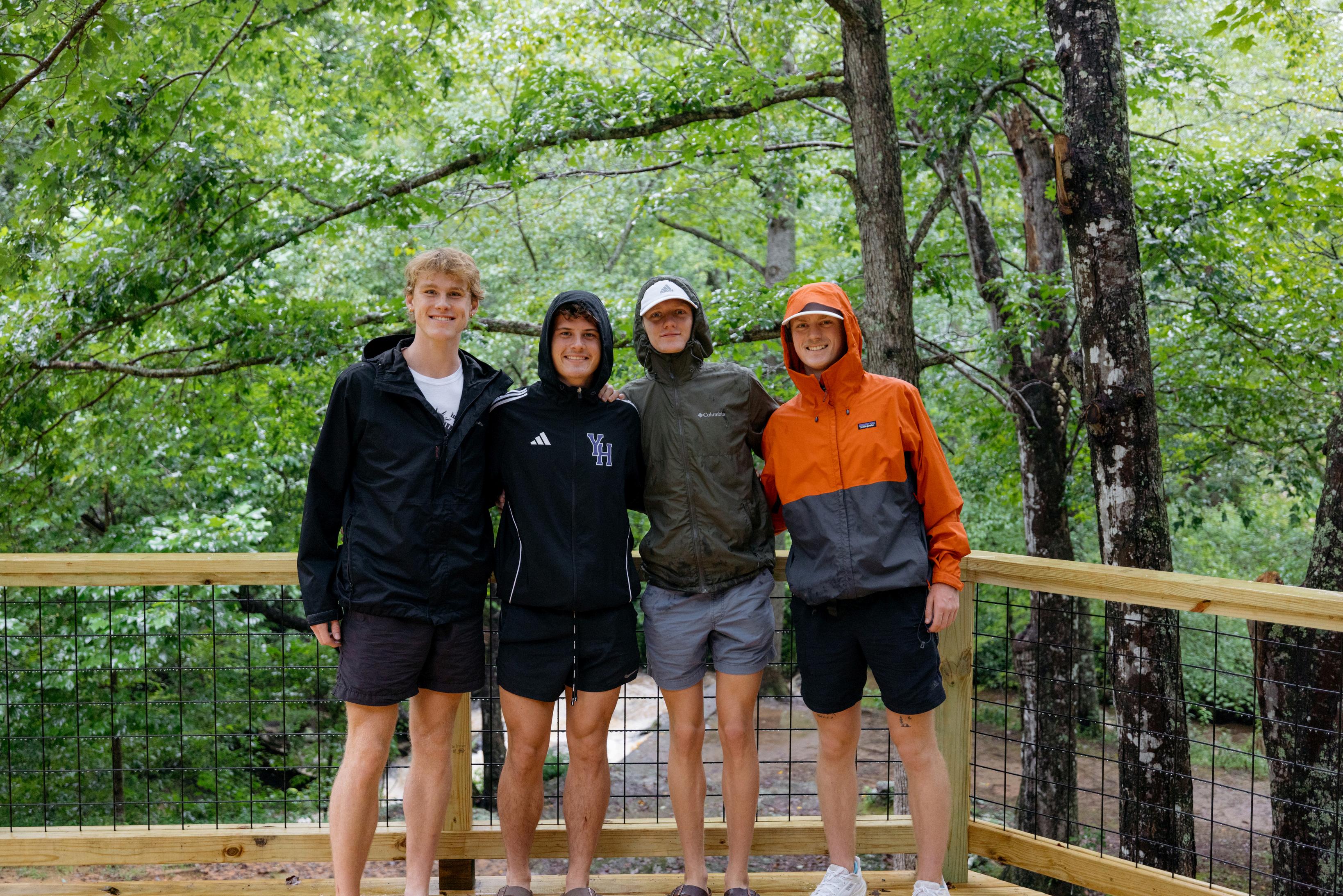
An essential aspect of the College experience within the liberal arts tradition is the holistic development of individuals intellectually, spiritually, and emotionally. This development aims to cultivate vibrant, engaged members of their local communities and informed leaders in society Such individuals do not form by chance; they are shaped through intentional and mindful efforts that foster resilience and adaptability. This intentional growth occurs both within traditional classroom settings and outside of them, through programs and opportunities that challenge students while also providing necessary support and care By enhancing current student programming and introducing new opportunities, the College can better support our students’ personal and intellectual growth, preparing them for a lifetime of learning, meaningful work, and transformative community service.
The principal goal of this area is to boost retention by providing a sense of belonging The various points of contact that help students connect with the College should be strengthened. The points of contact include:
Greek life
Campus organizations
Intramurals
Religious life
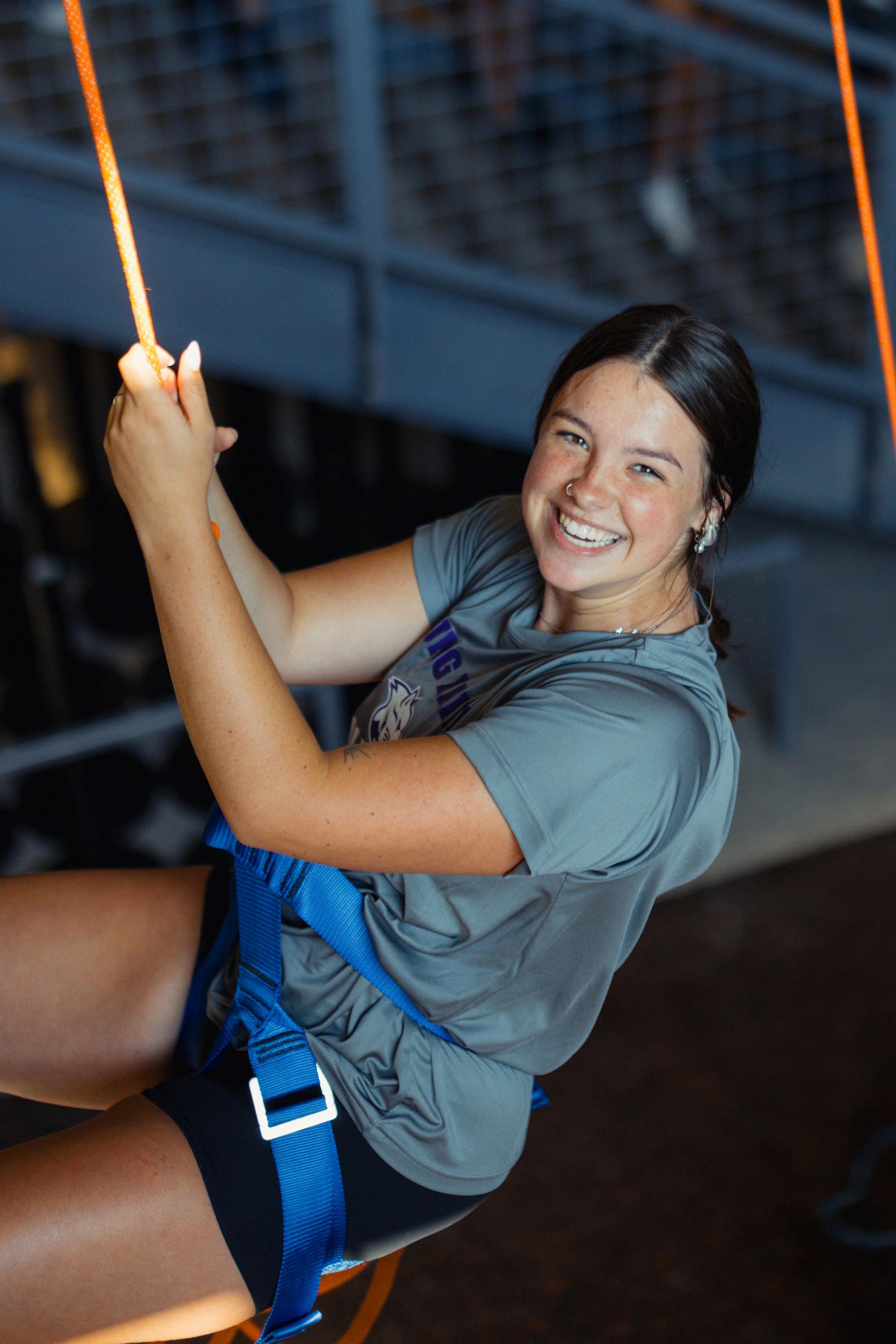

Elevating study abroad/away to a signature program by searching for new philanthropy and slowly evolving the administration of this area into a full-time role. This is the type of high impact practice that markets very well.
Explore the development of new club sport opportunities: Esports Mountain biking Bass fishing
Reexamining the College’s inter-divisional approach to boosting retention with the possible outcome including identifying a consulting partnership, charging an individual with coordinating retention efforts that span athletics, academics, and student life, and/or additional investment in ancillary programs and products to reach the College’s desired goals.

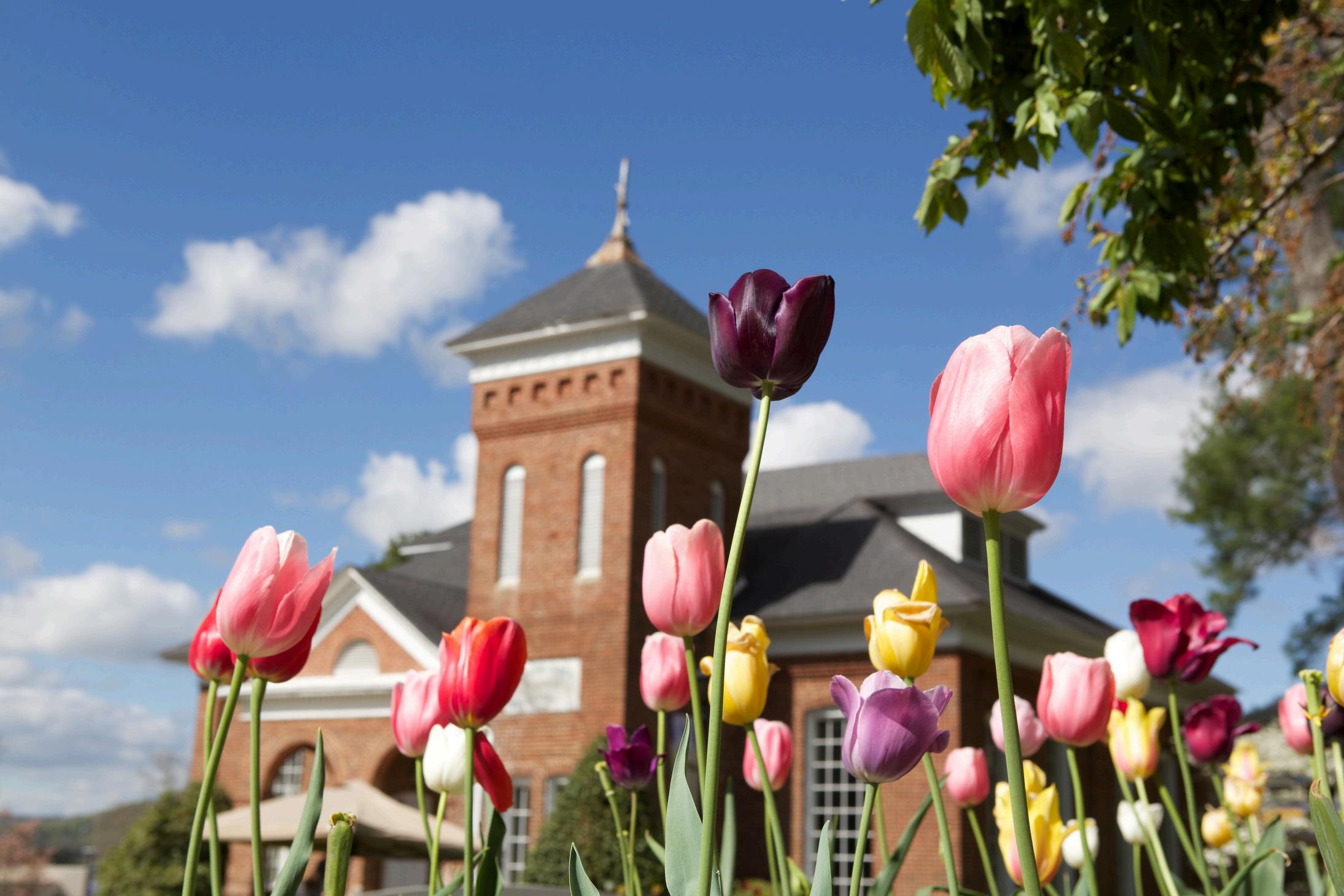
1. Embed High Impact Practices into
Recalling the past success of the College’s cultural experience (CE), a faculty and staff-led committee will explore how best to embed High-Impact Practices (HIPs) into the student experience annually, fostering holistic development, global awareness, and personal growth through structured engagement across multiple developmental areas: athletics, fine arts, service, religious life, and campus life.
2. Horizons Grant Initiative
Expand access to transformative travel-based High-Impact Practices (HIPs) by providing financial support for domestic and international experiences that foster academic, cultural, professional, and personal development.
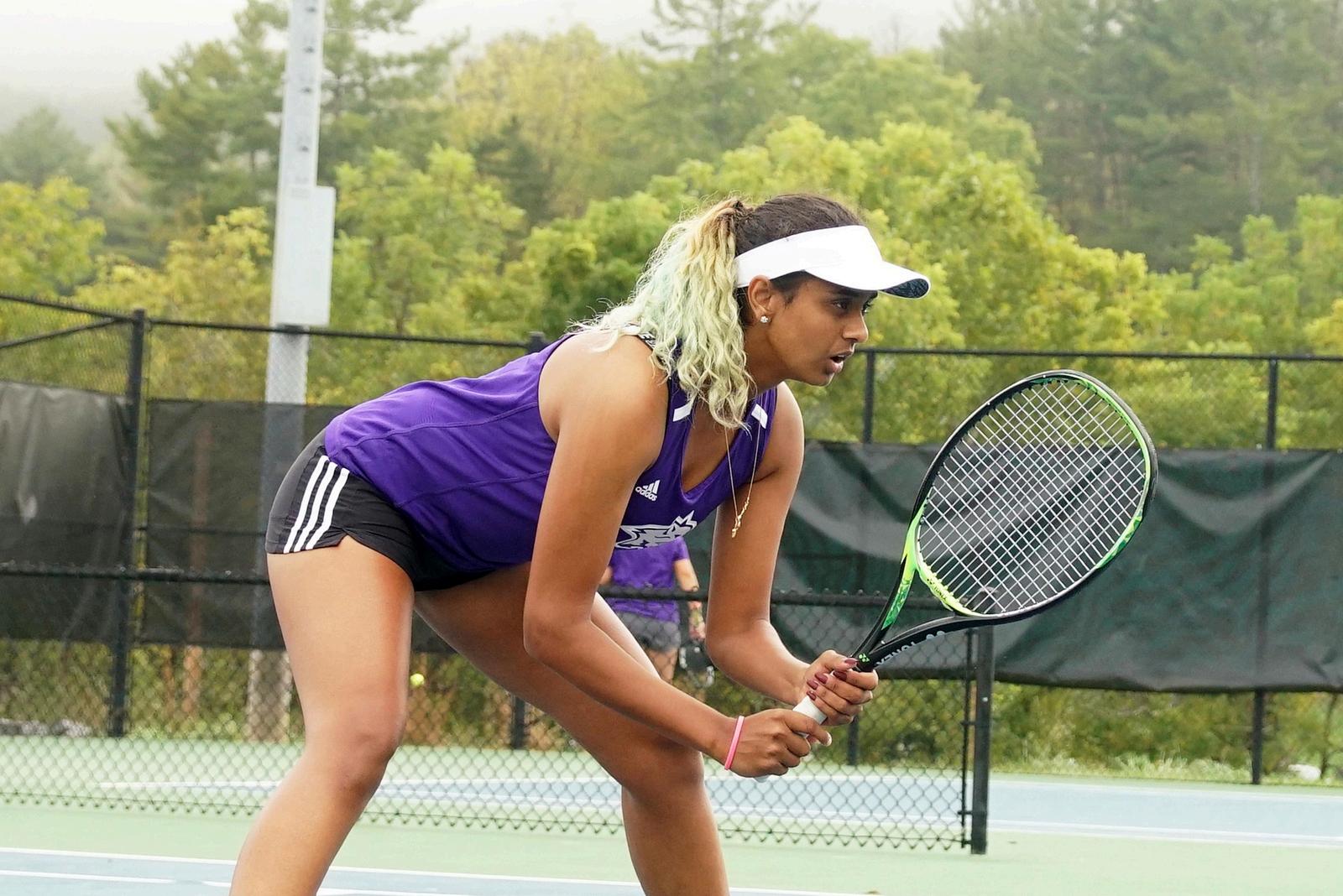
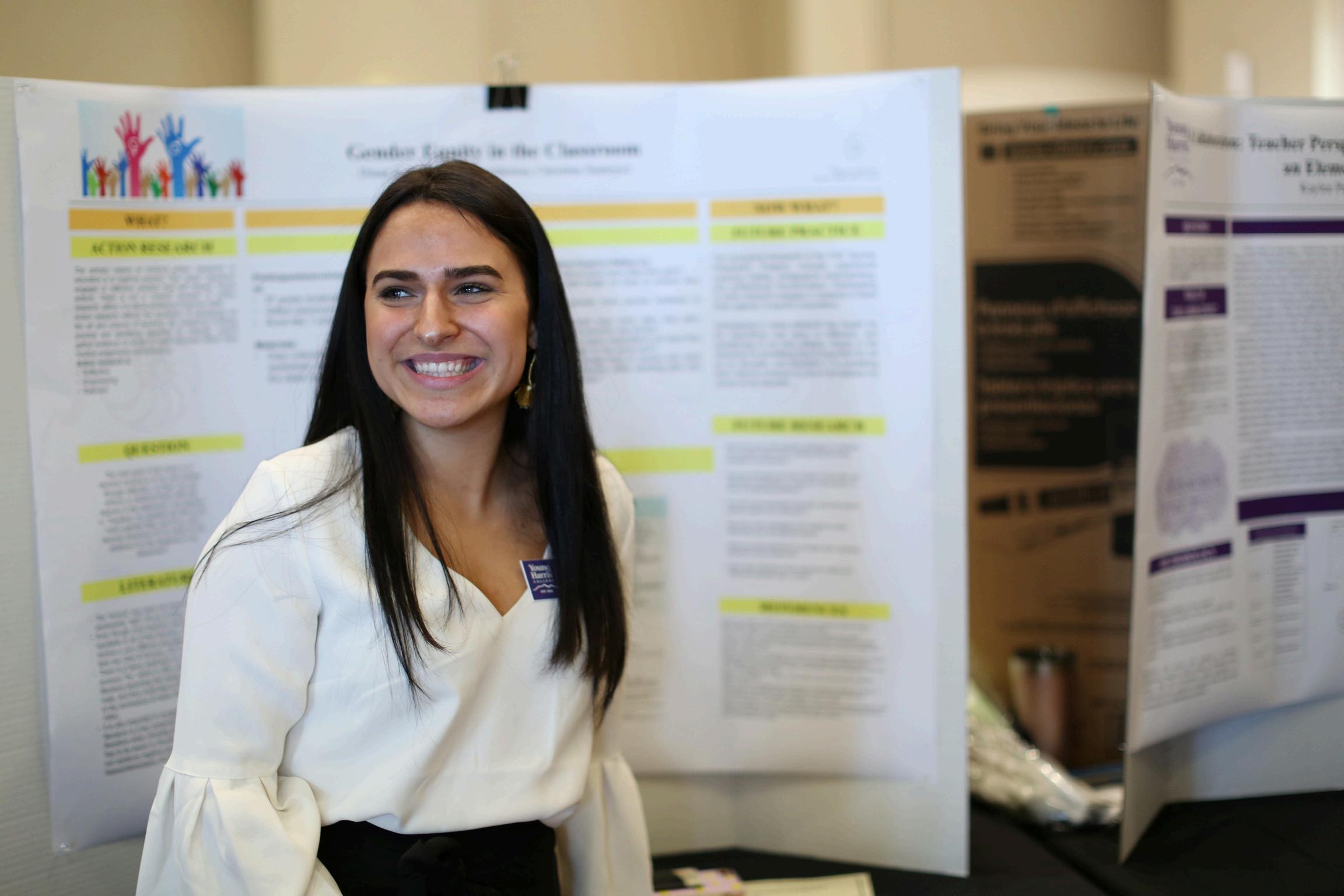
Student Belonging and Engagement
Increased student retention through a strengthened sense of belonging.
Higher participation in Greek life, campus organizations, intramurals, religious life, and club sports.
Improved student satisfaction with campus life and community connection
Global and Experiential Learning
Growth in participation in study abroad/away programs.
Enhanced visibility and reputation of travel-based High-Impact Practices (HIPs). Greater student development in cultural awareness and global competencies
Integrated Retention Strategy
Improved coordination across athletics, academics, and student life. More effective use of data and software to support student persistence. Clear ownership and accountability for retention initiatives
Holistic Development through HIPs
Students engage annually in structured High-Impact Practices across athletics, fine arts, service, religious life, and campus life.
Increased student development in leadership, service, and personal growth
Strengthened alignment between co-curricular and academic experiences.
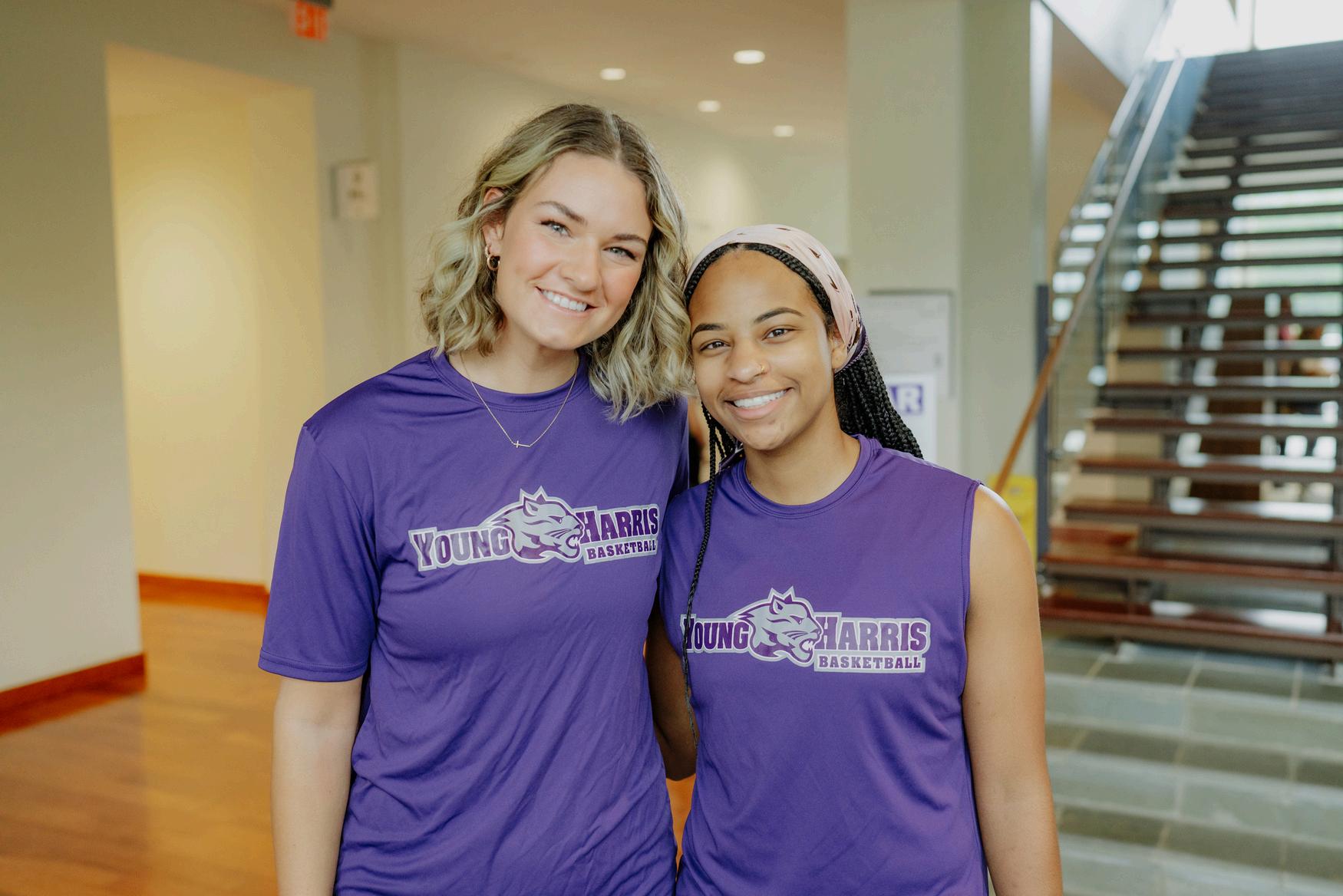

To ensure long-term financial health and mission fulfillment, Young Harris College will focus on strategic cost management, revenue optimization, and institutional efficiency. This approach emphasizes data-informed decision-making, space and resource utilization, and targeted investments in areas with high potential for return The College will also launch a major philanthropic campaign to support its strategic vision.
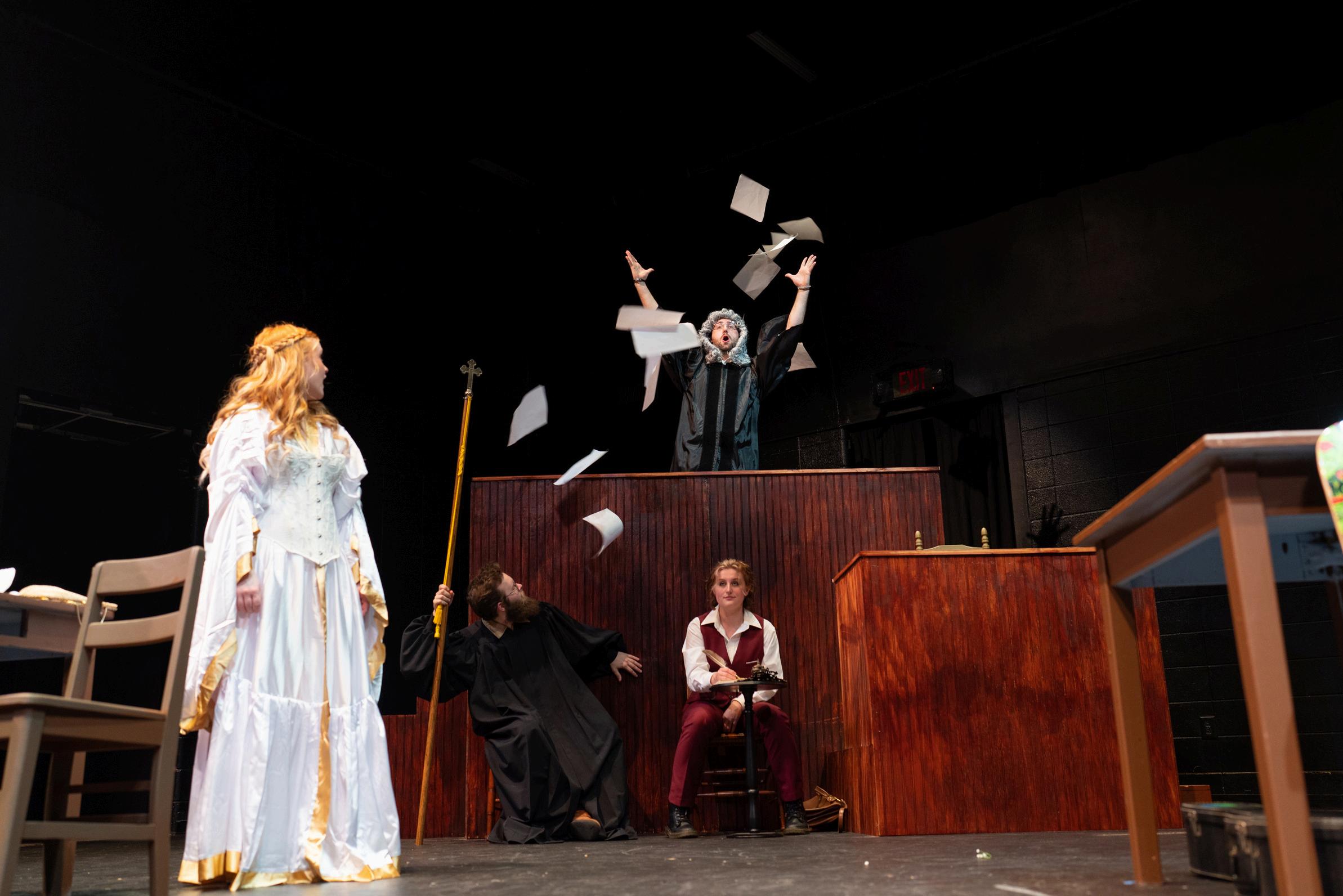
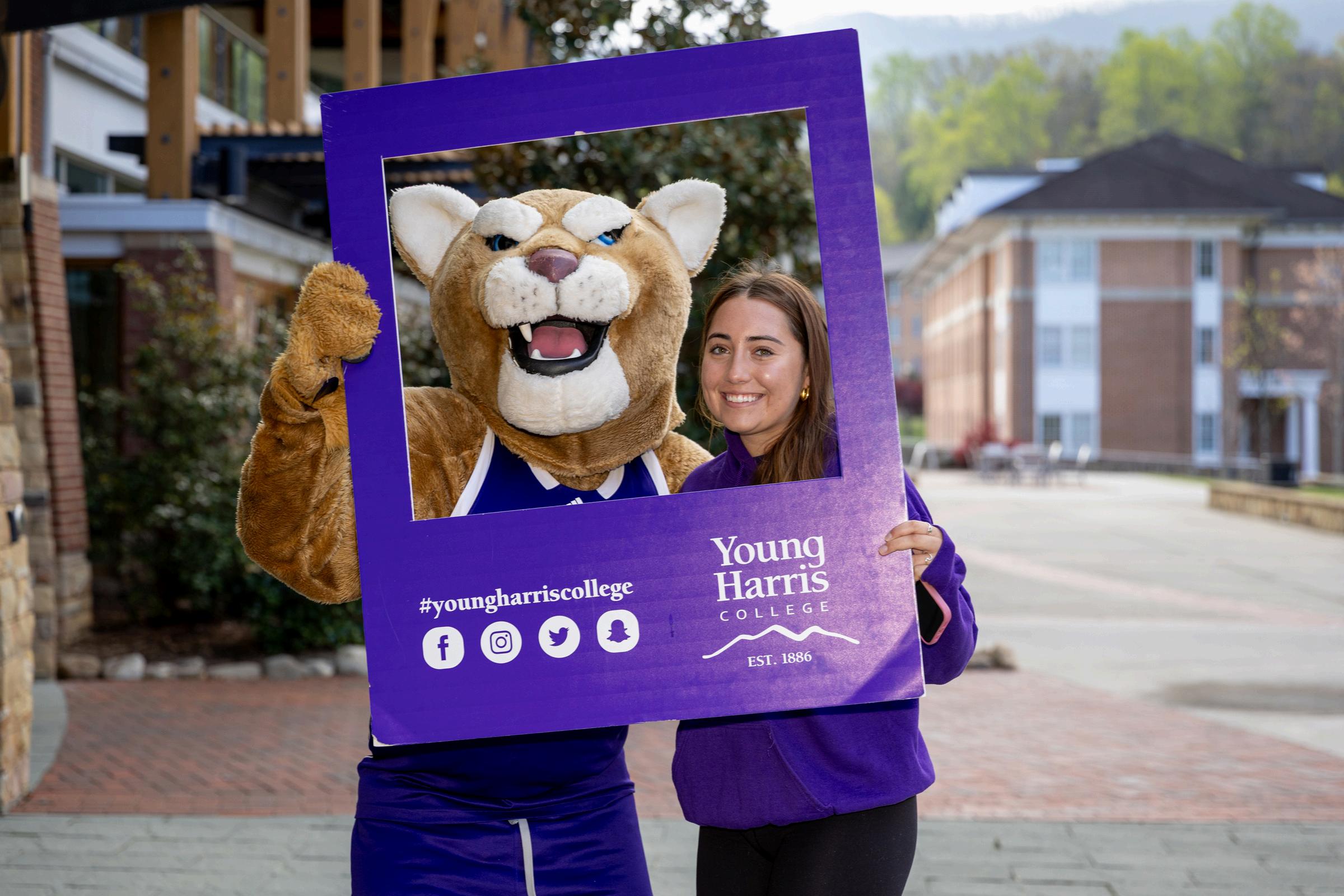
1. Price Reduction Study
Conduct a comprehensive analysis by Spring 2026 to determine whether the College’s published tuition (“sticker price”) should be adjusted to better reflect the actual net cost paid by students
This study will inform pricing strategy, improve transparency, and enhance market competitiveness.
2. Establish the Office of Strategic Initiatives
Create a centralized office to vet and manage proposals for new strategic programs and revenue-generating initiatives. This office will serve as an incubator for innovation, ensuring alignment with institutional priorities and financial sustainability.
3. Academic Efficiency Committee
Support and expand the work of the already-established Academic Efficiency Committee to ensure the most effective and efficient delivery of the curriculum. This includes reviewing course offerings, faculty loads, and program structures for cost-effectiveness and student success.
4. Campus Space Utilization Study
Partner with external experts to conduct a full utilization study of campus facilities. The goal is to determine whether spaces are being used in the most advantageous way to serve students and support institutional goals, including potential reallocation or renovation.
5. Revenue Optimization
Conduct a revenue study to explore opportunities for maximizing income through summer camps, conferences, events, and short-term rentals. This includes evaluating pricing models, marketing strategies, and operational efficiencies


6. Digital Marketing Enhancement
Invest in enhanced digital marketing strategies to increase visibility, attract prospective students, and support enrollment growth. This includes SEO, targeted advertising, social media campaigns, and analyticsinformed outreach.
7 Whole College Review
Provide a comprehensive study to the Board of Trustees in Fall 2026 campuswide efficiencies to be achieved to increase revenues and reduce expenses. The study will assess financial impacts, student experiences, and alignment with institutional identity
8. Launch the Comprehensive Campaign: “Enchanted Horizons”
Initiate a $40–$50 million fundraising campaign to support strategic priorities.
Key steps:
Conducting a feasibility study
Determining campaign priorities
Building a gift table
Defining what gifts count toward the campaign
Appointing a campaign chair
Engaging stakeholders and donors

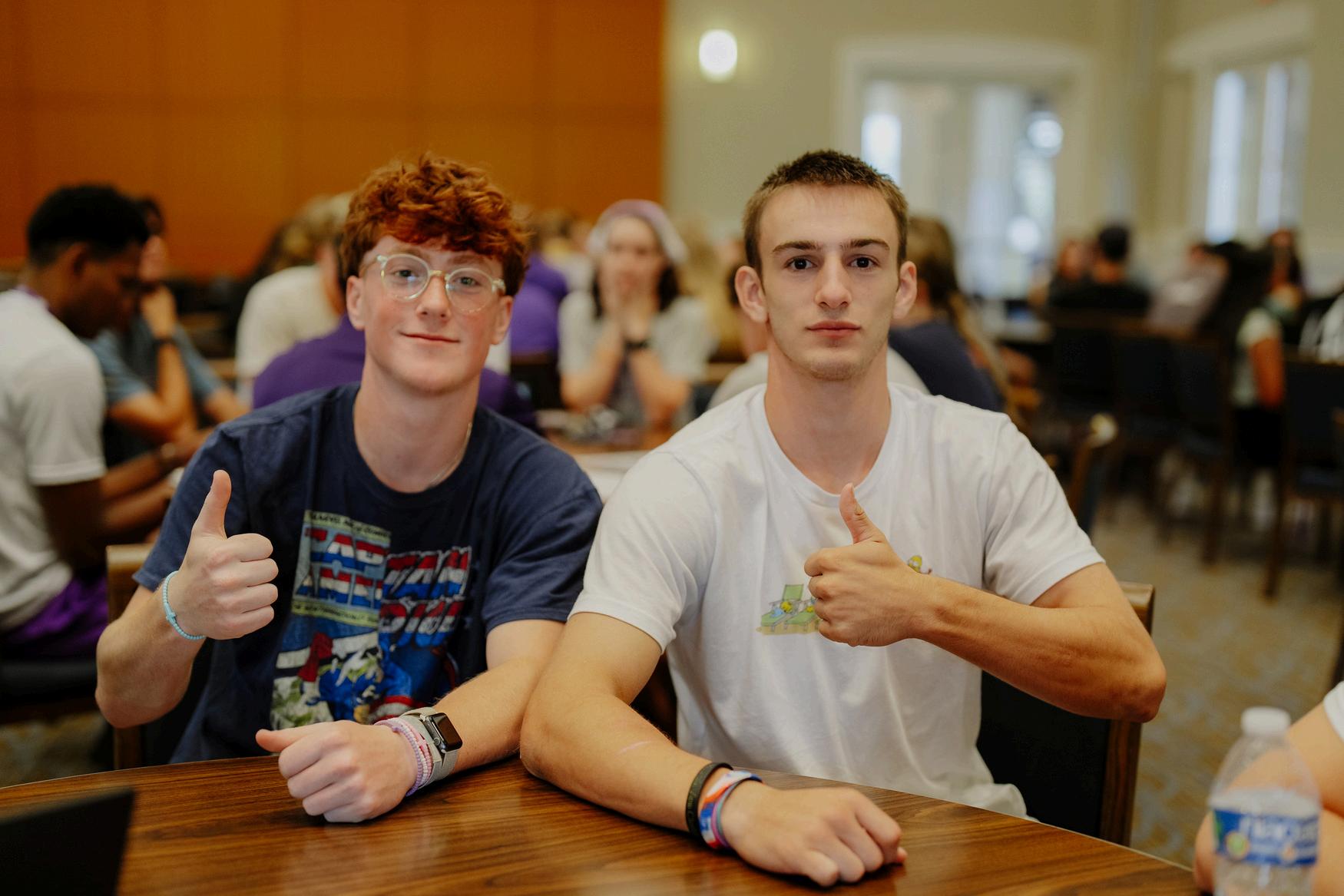
Improved Financial Transparency and Market Positioning
Clearer alignment between sticker price and actual cost
Increased affordability perception among prospective students
Operational Efficiency
Streamlined academic delivery and space usage
Cost savings through strategic reinvestment
Establish net revenue growth through alternative delivery or strategic posturing
Revenue Growth
Increased housing and event income
Enhanced donor engagement and philanthropic support
Strategic Decision-Making
Data-informed choices through studies and committee work
Agile response to emerging opportunities via the Office of Strategic Initiatives
Brand Strengthening
Elevated institutional profile through digital marketing and campaign visibility
Reinforced commitment to student-centered innovation
Financial Underwriting
Utilize comprehensive campaign to underwrite innovation and institutional pivot

